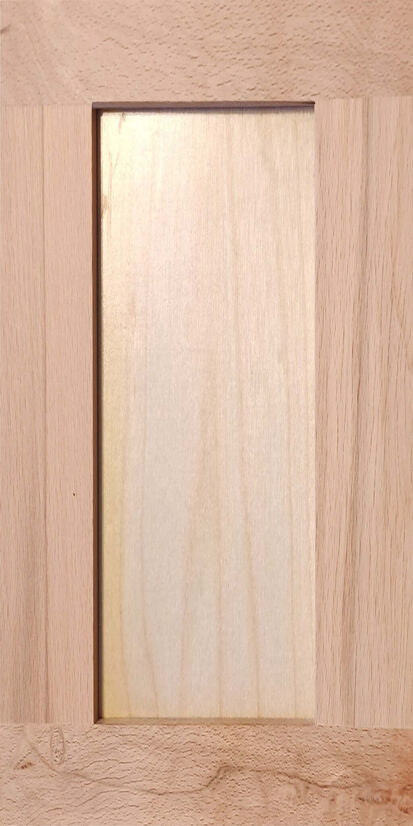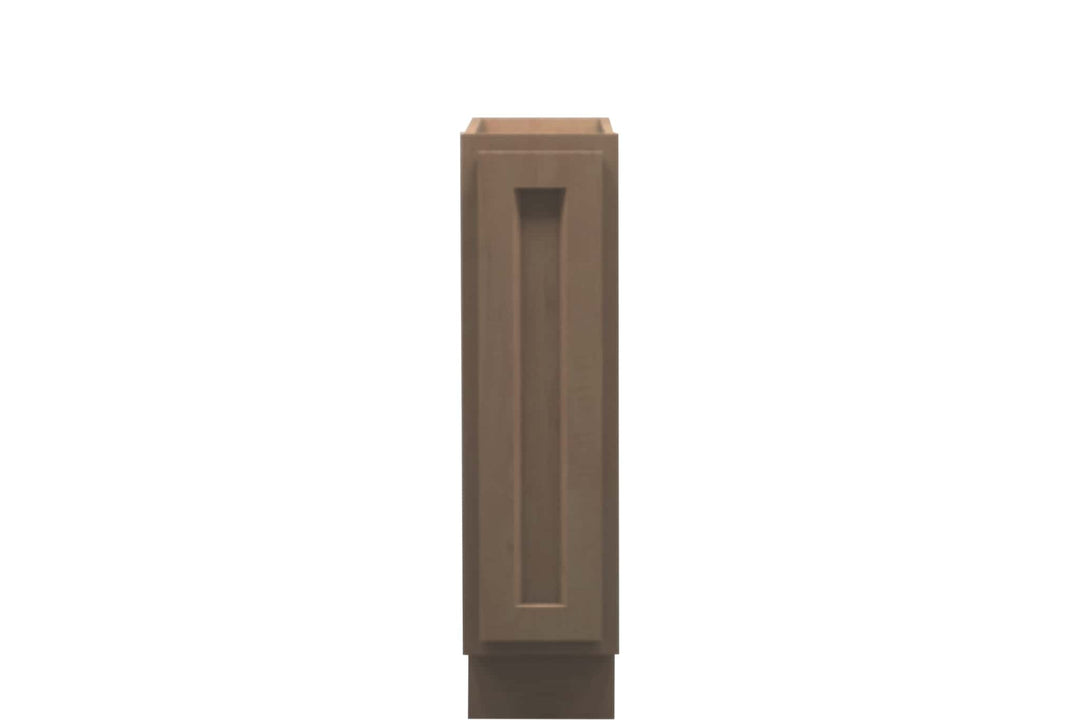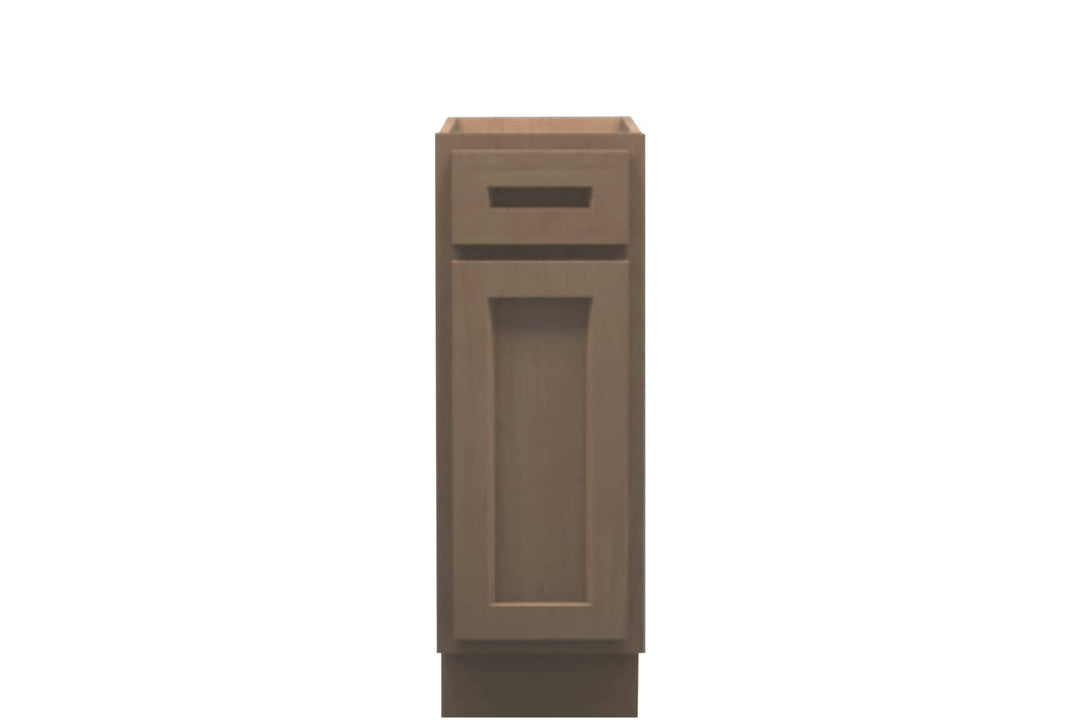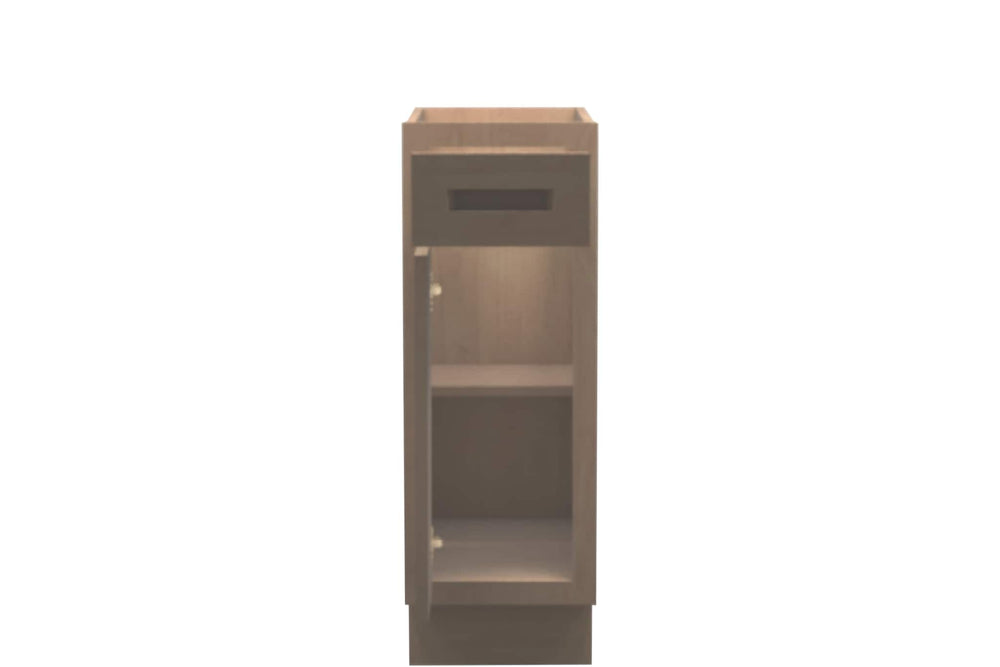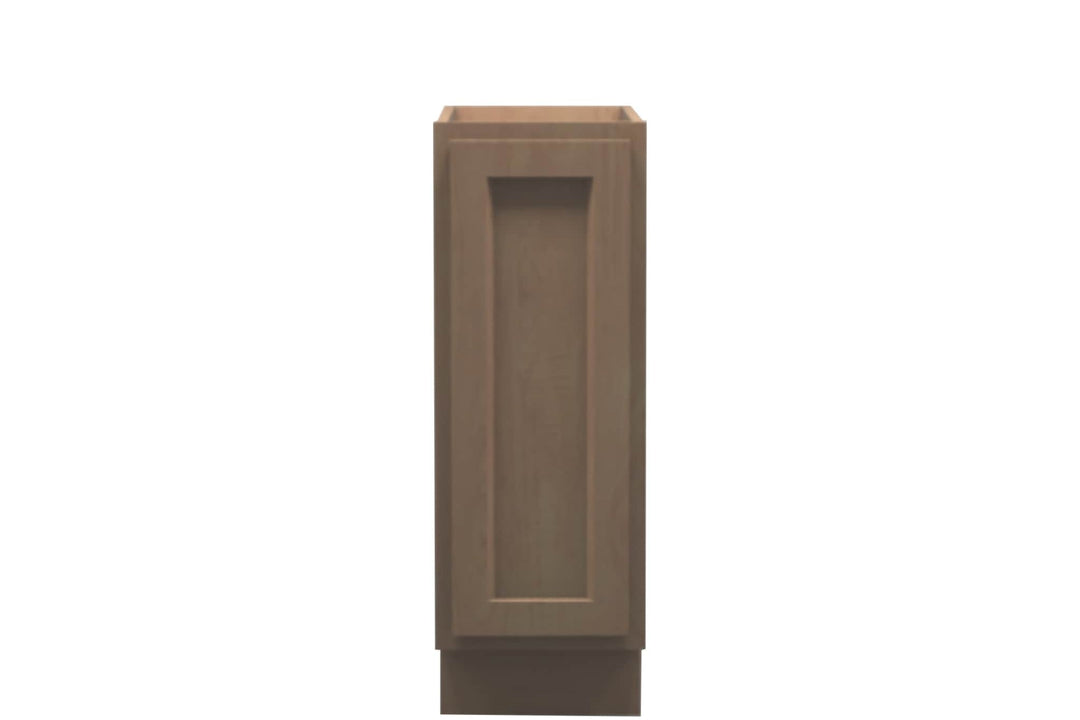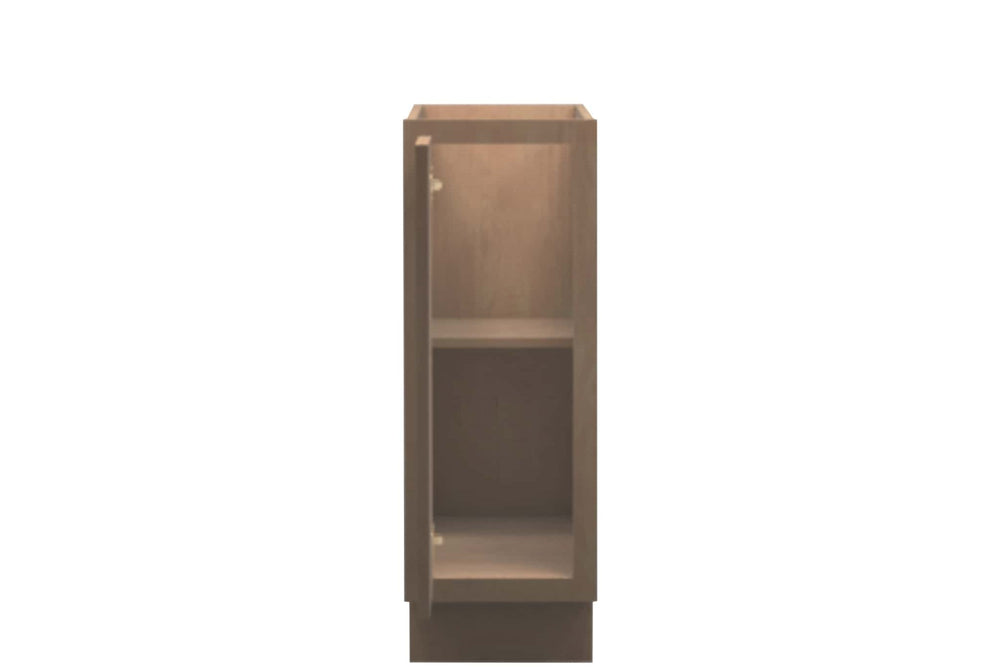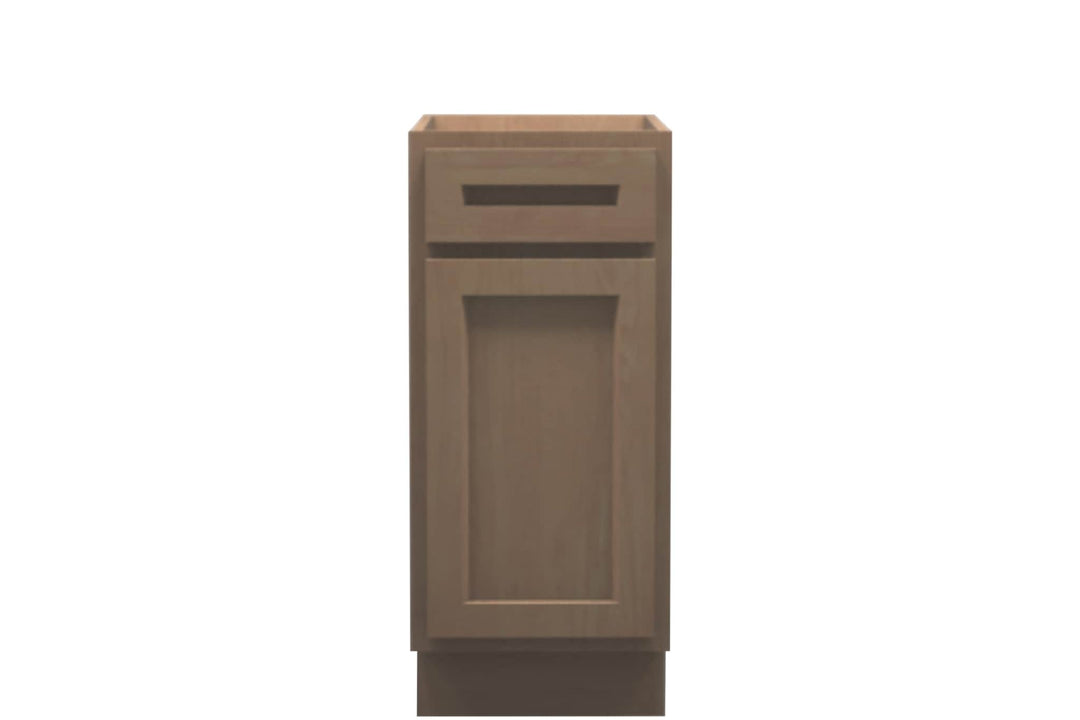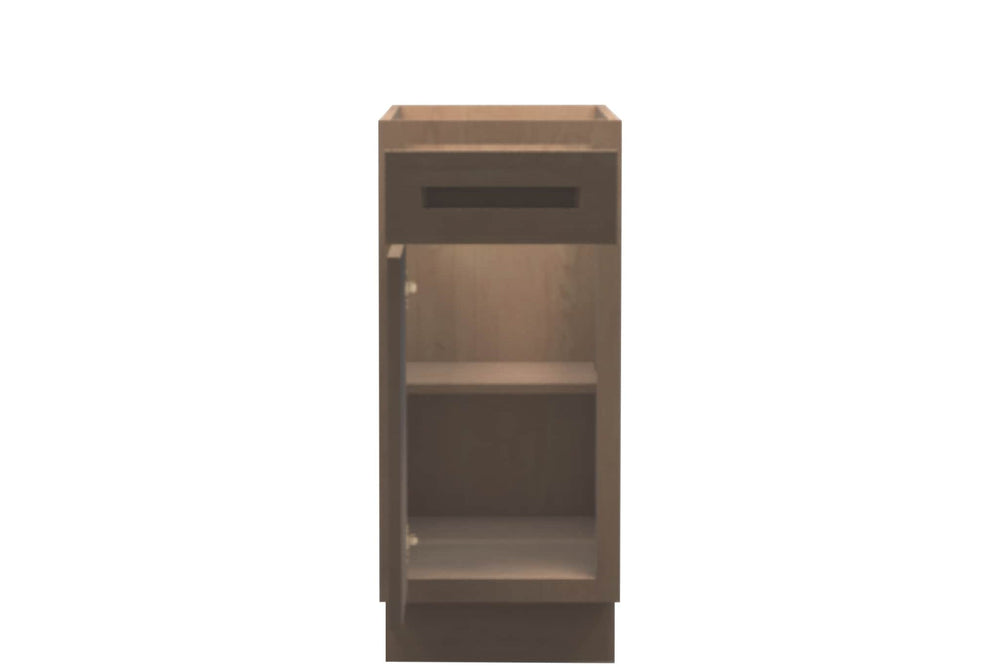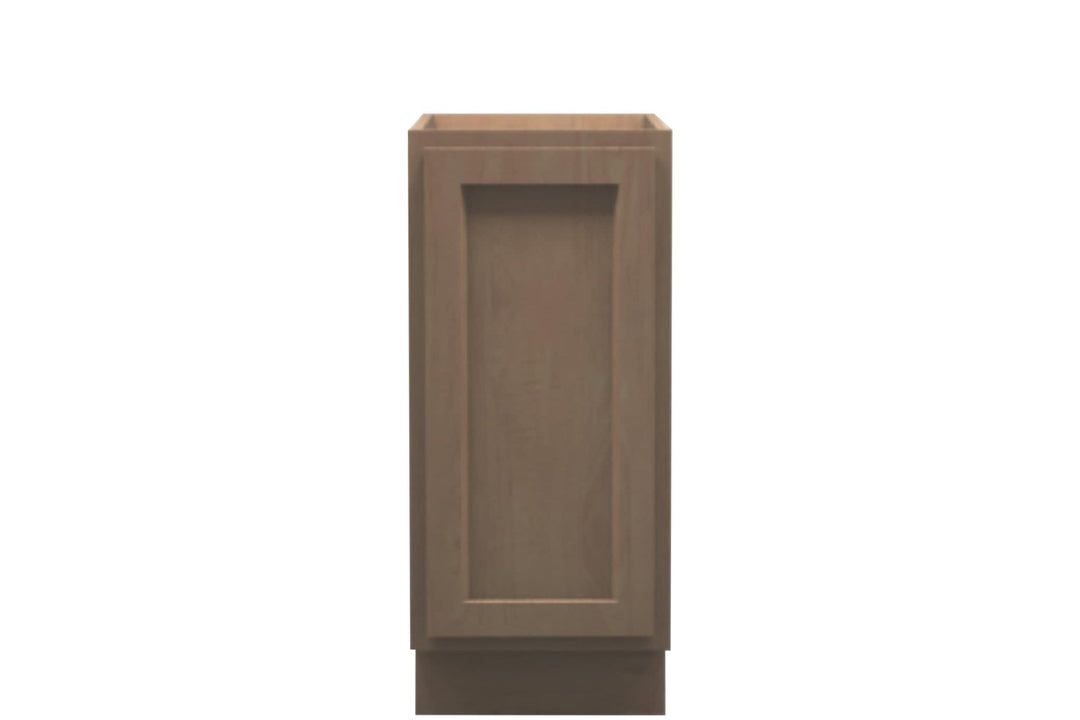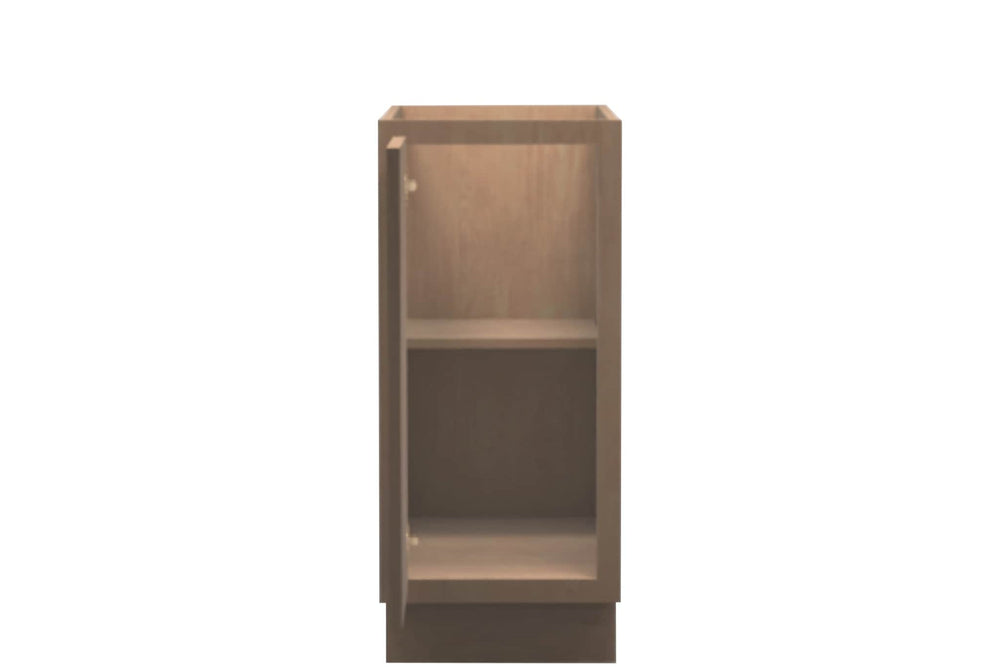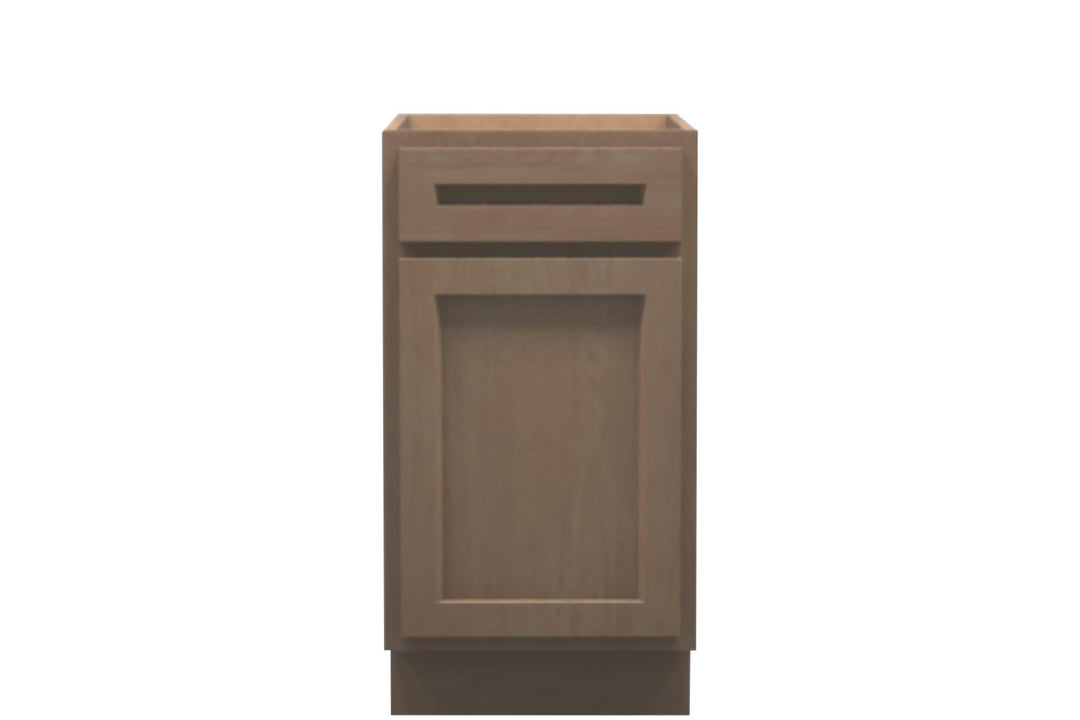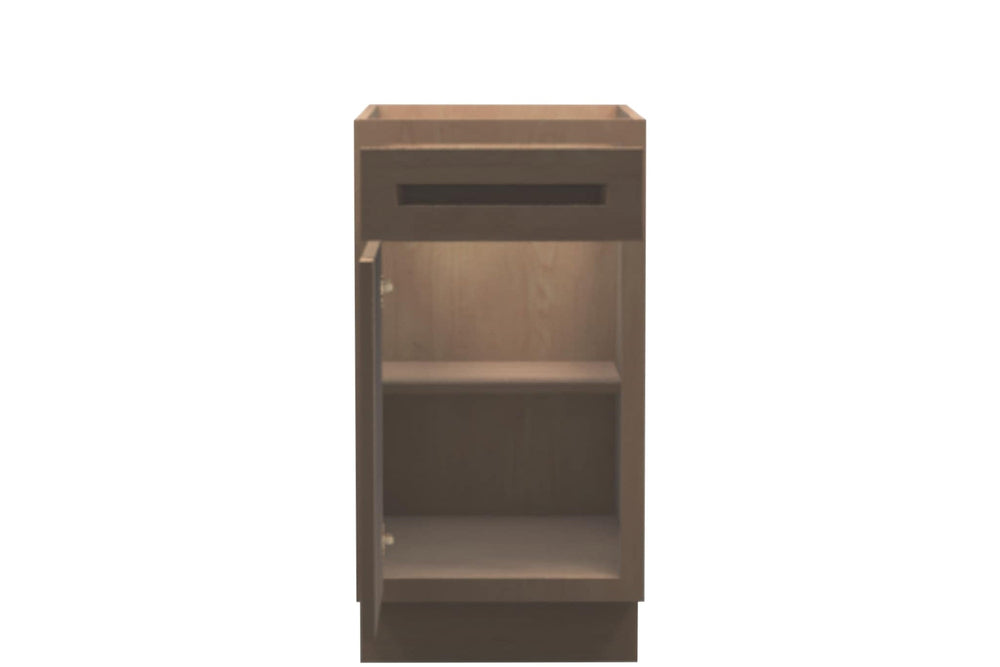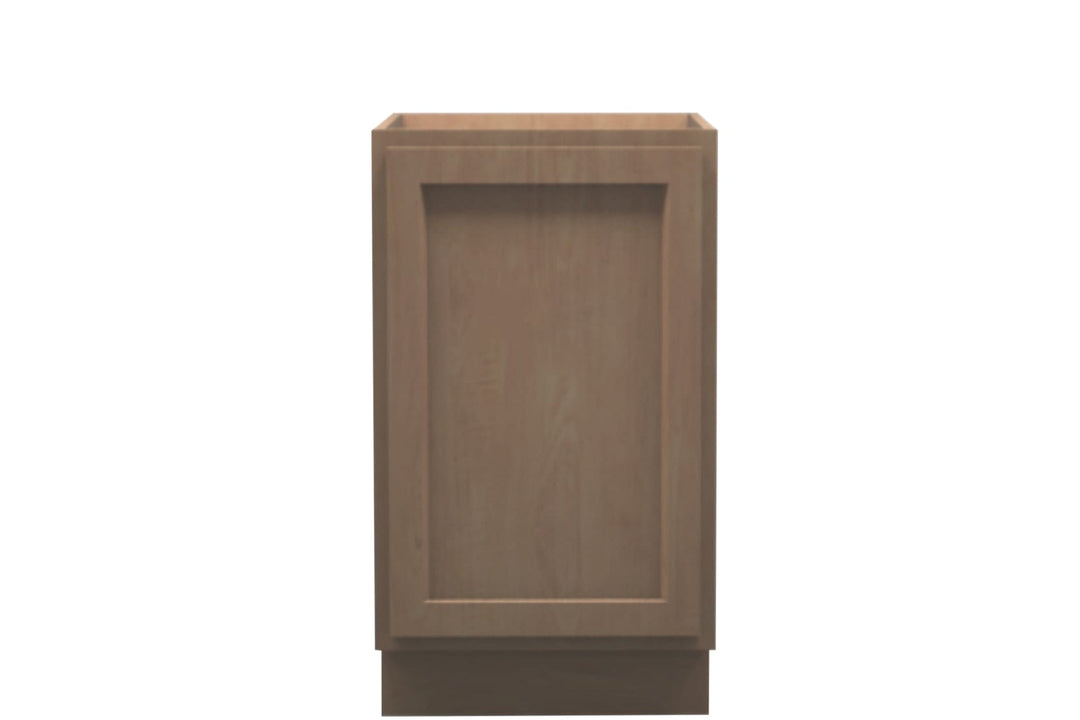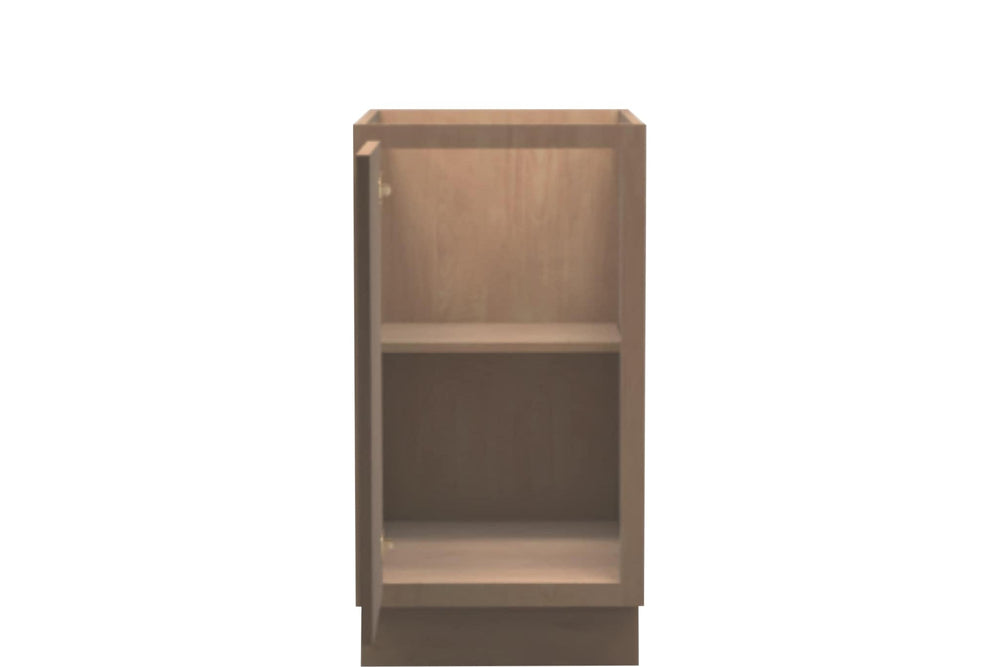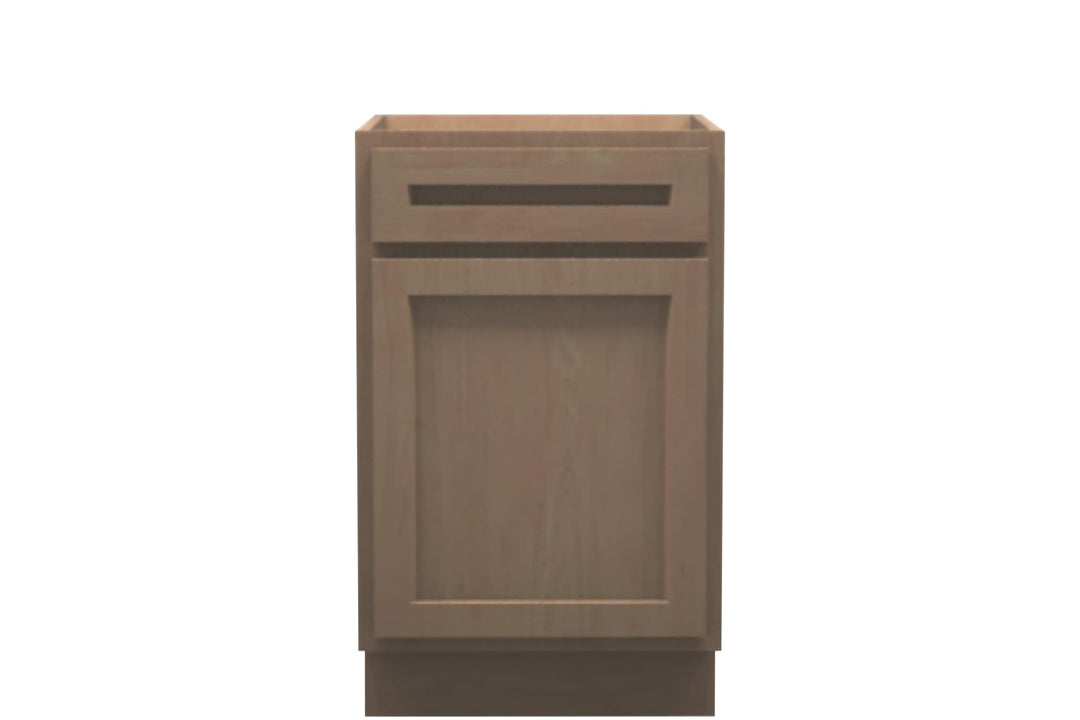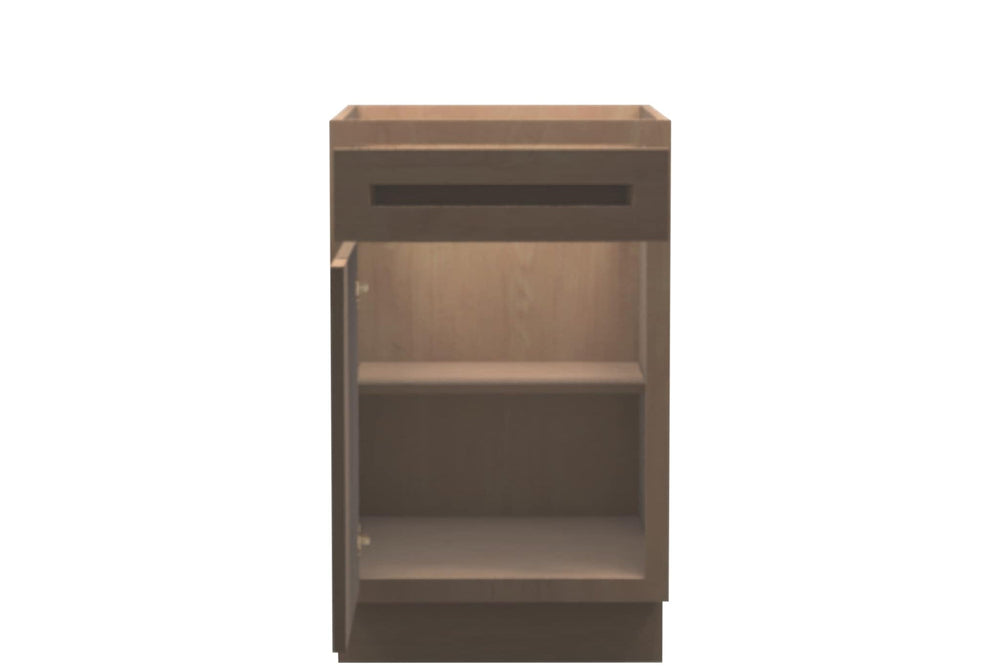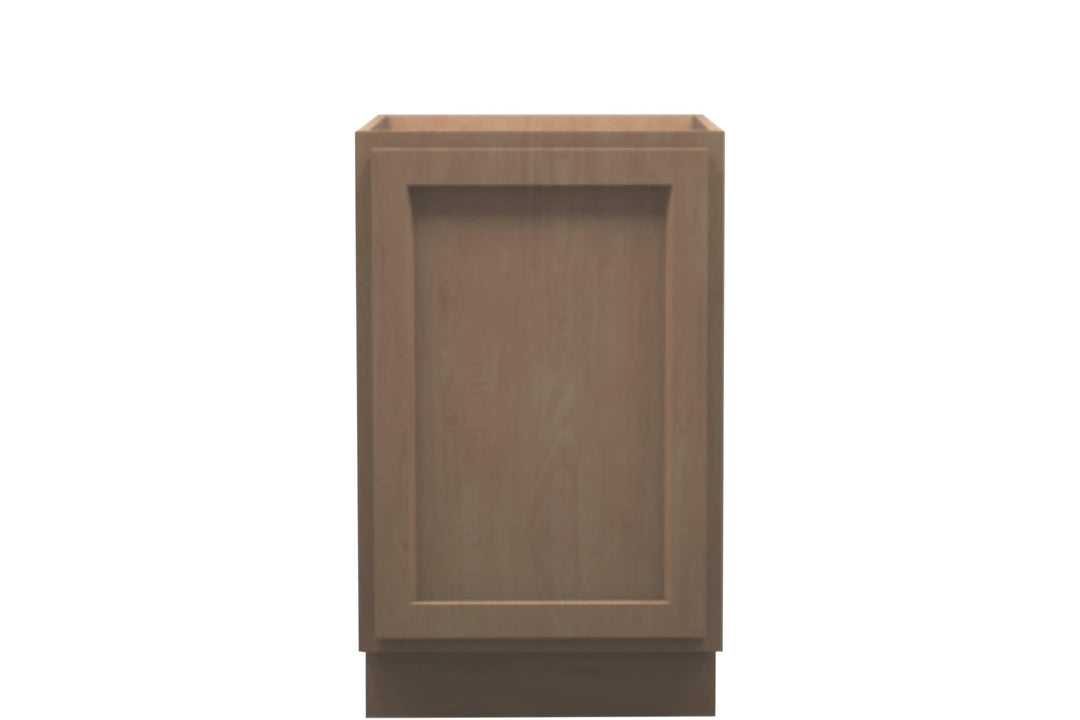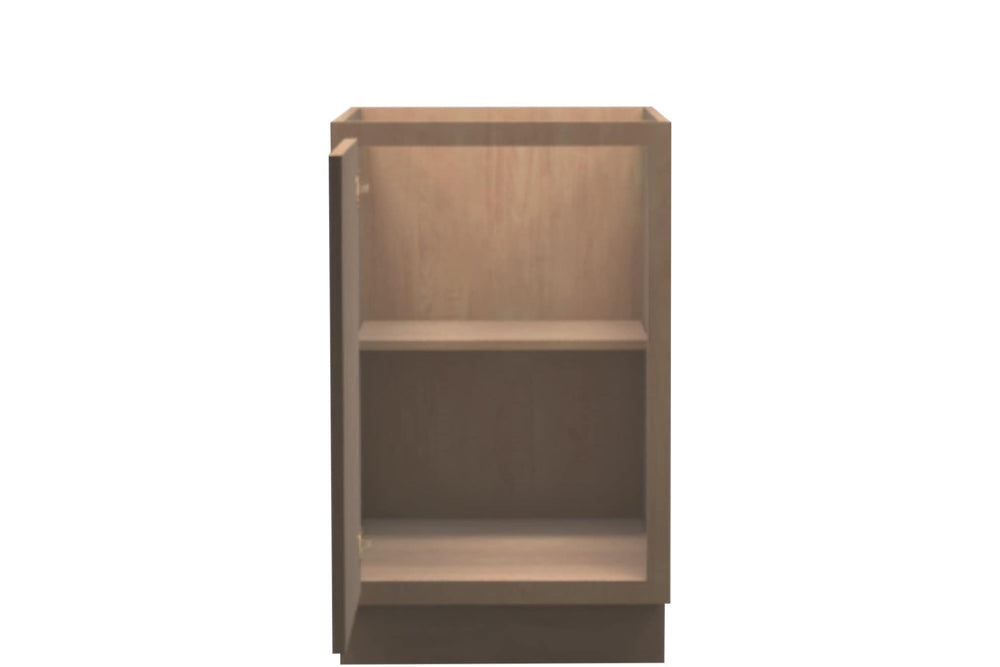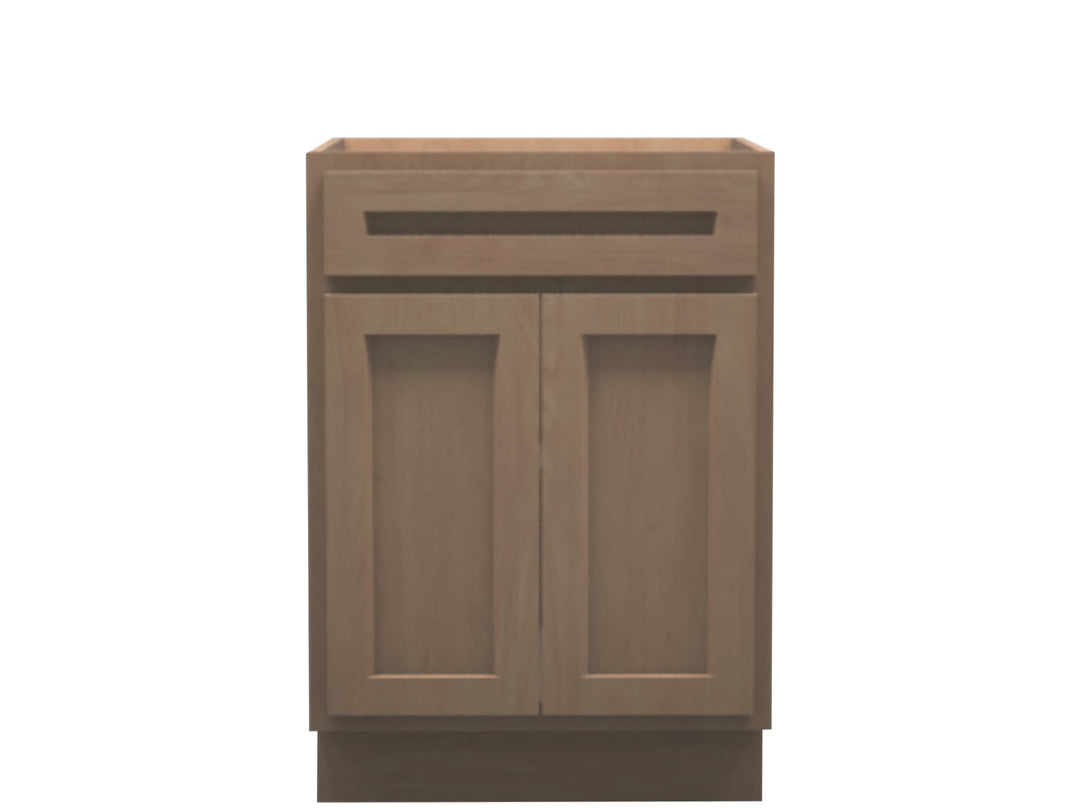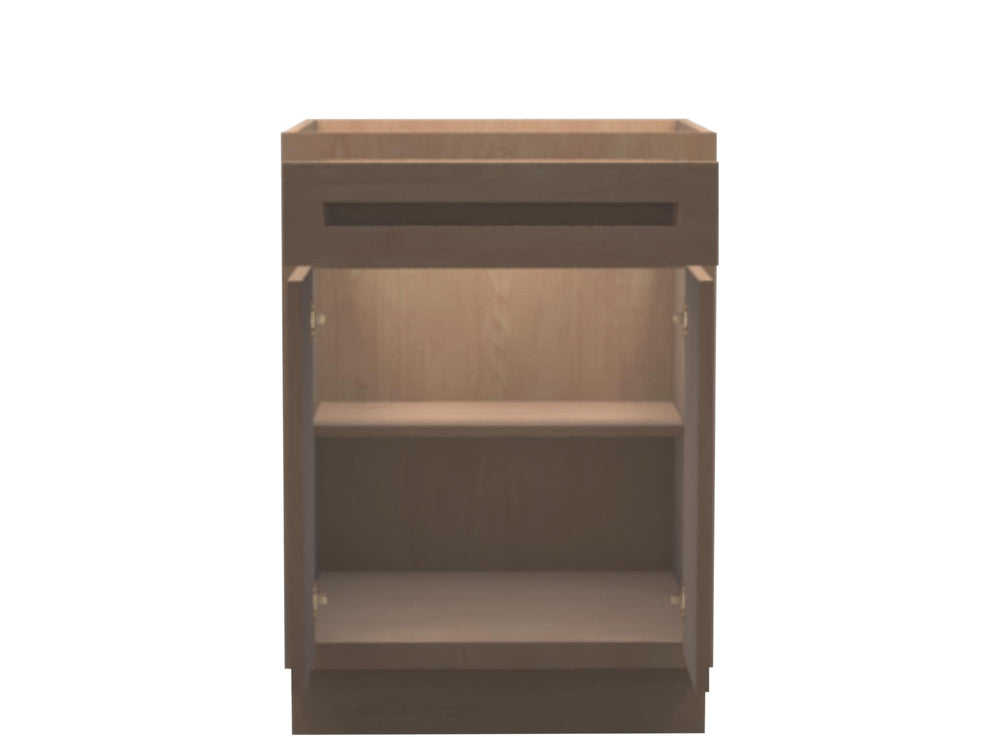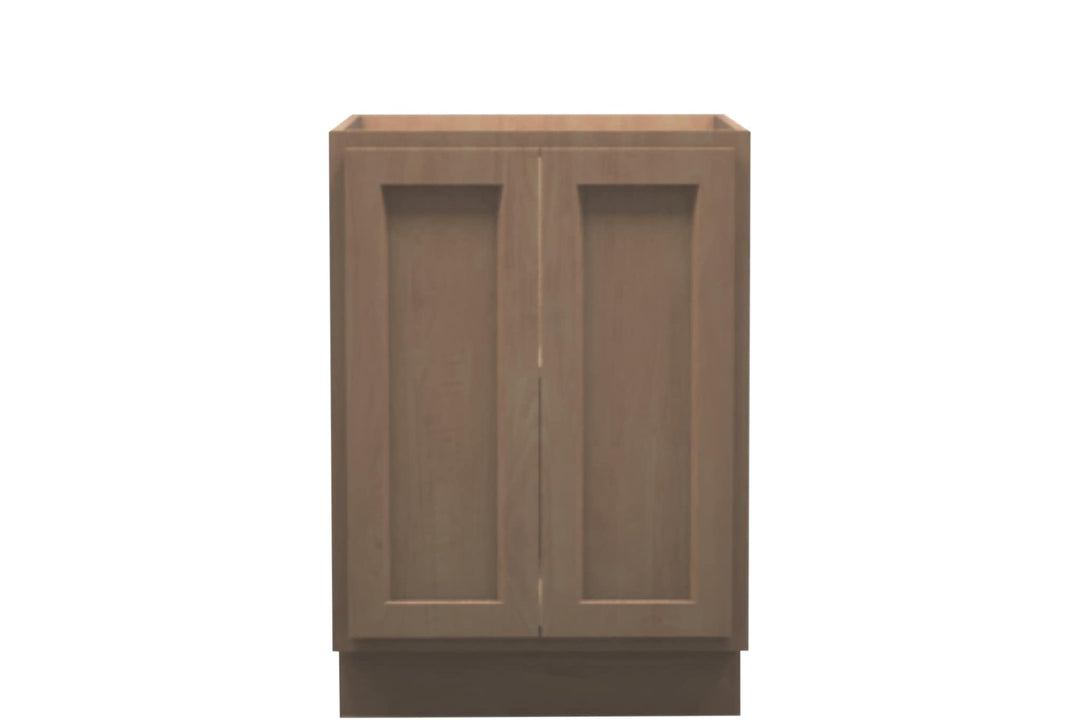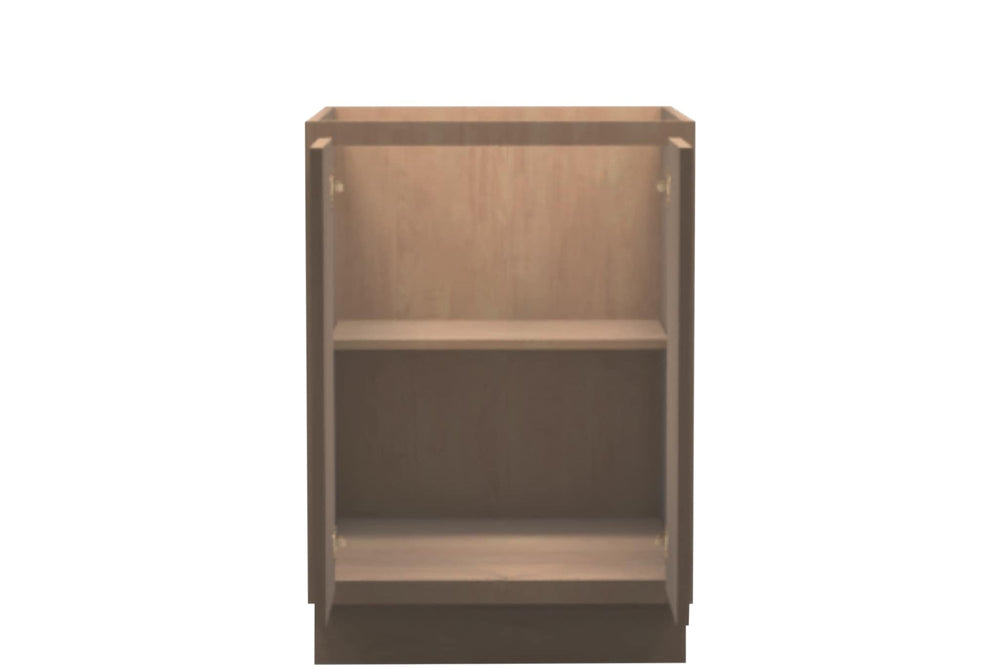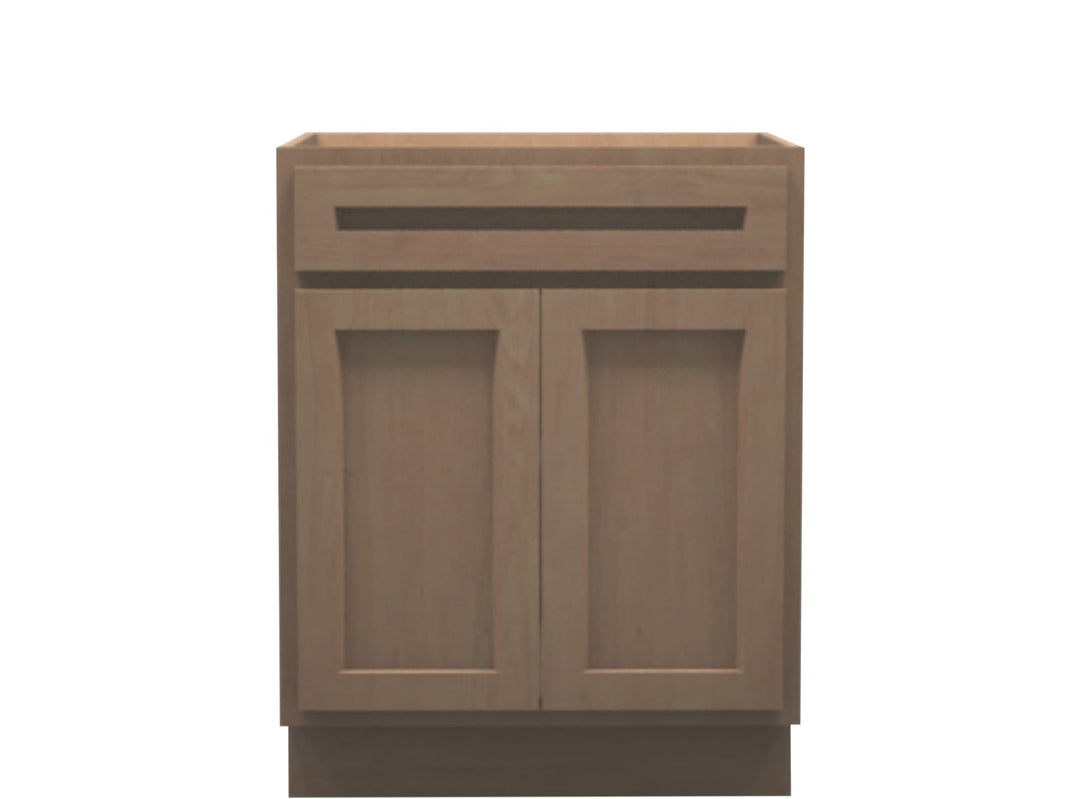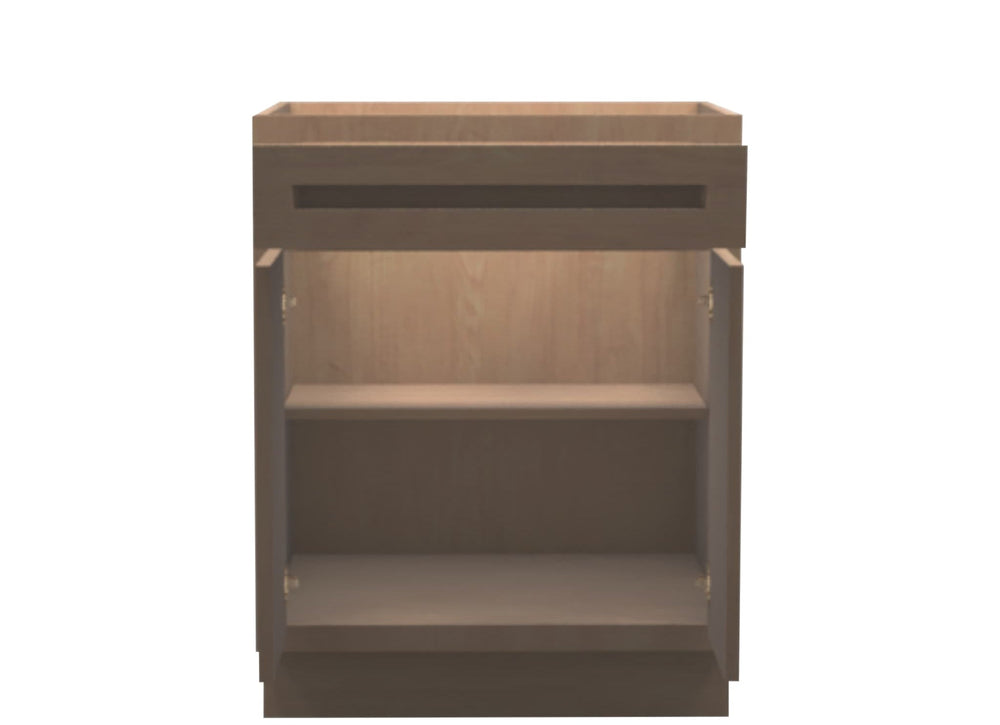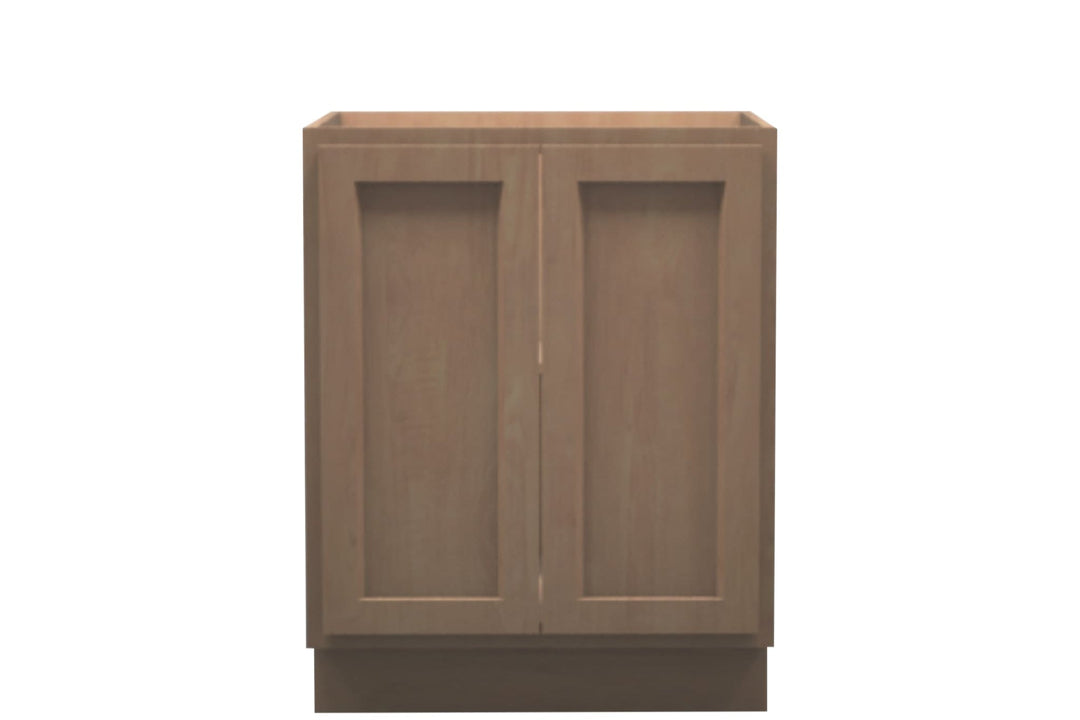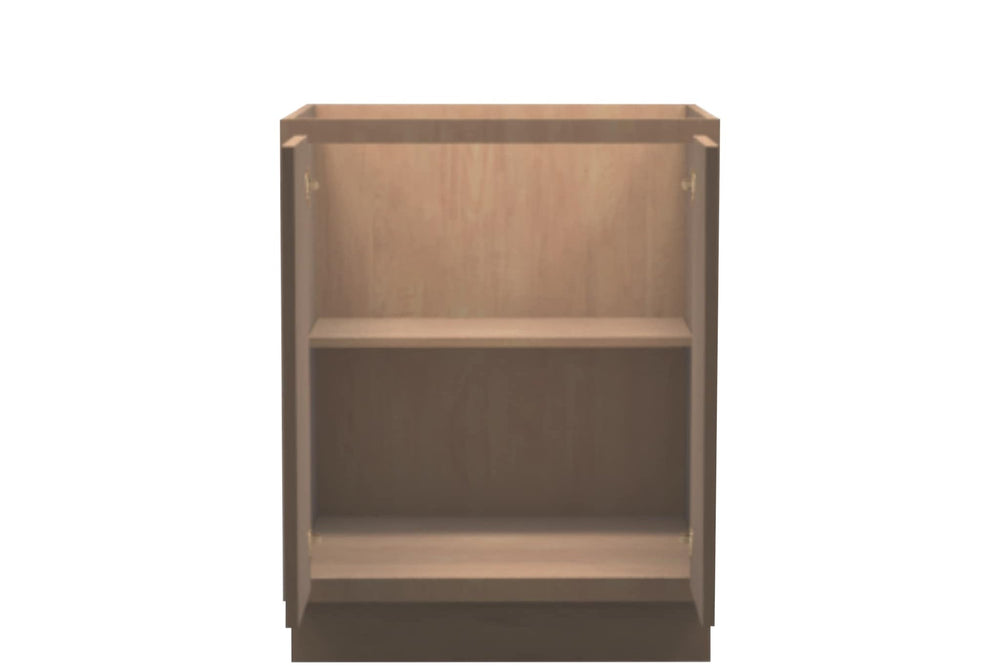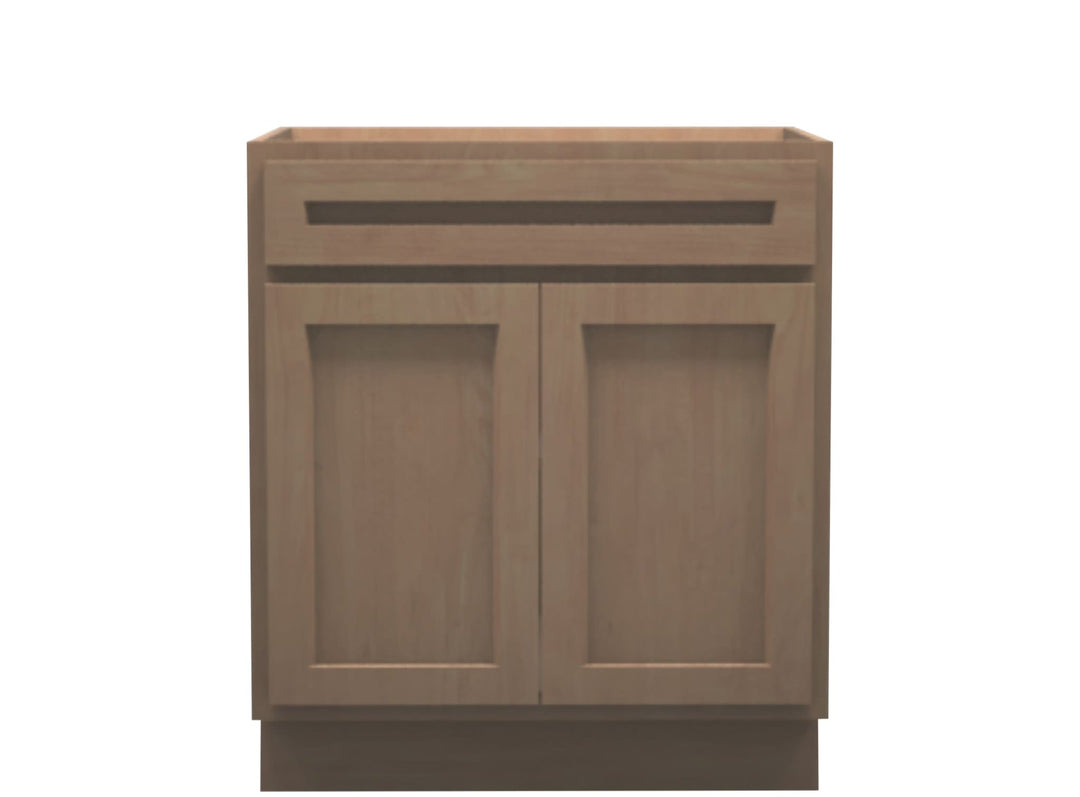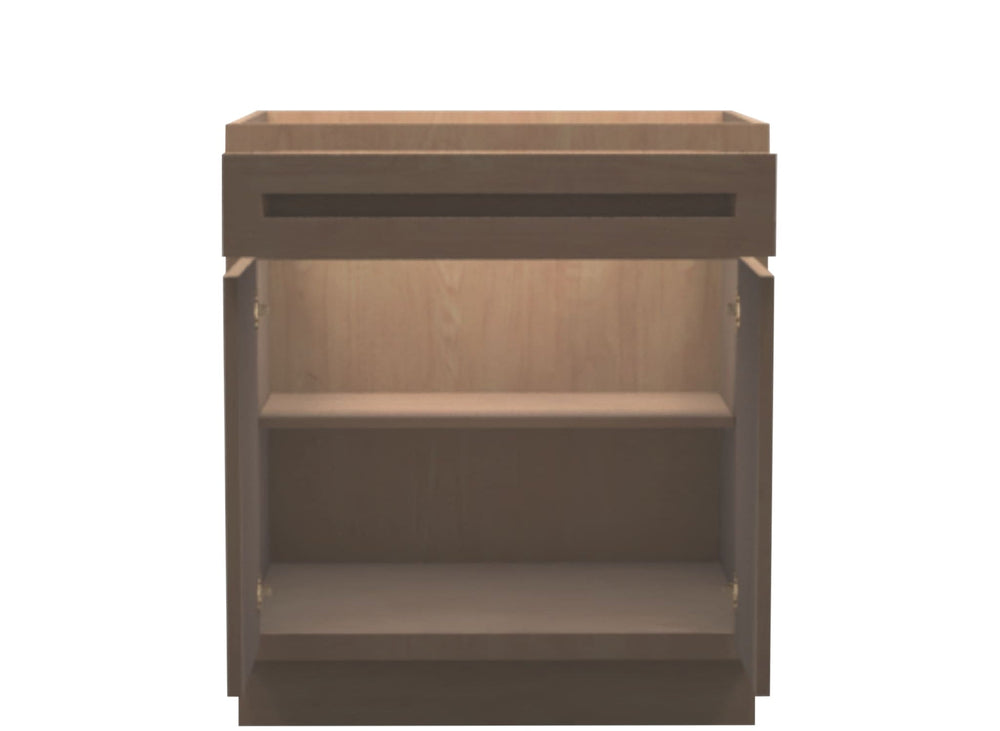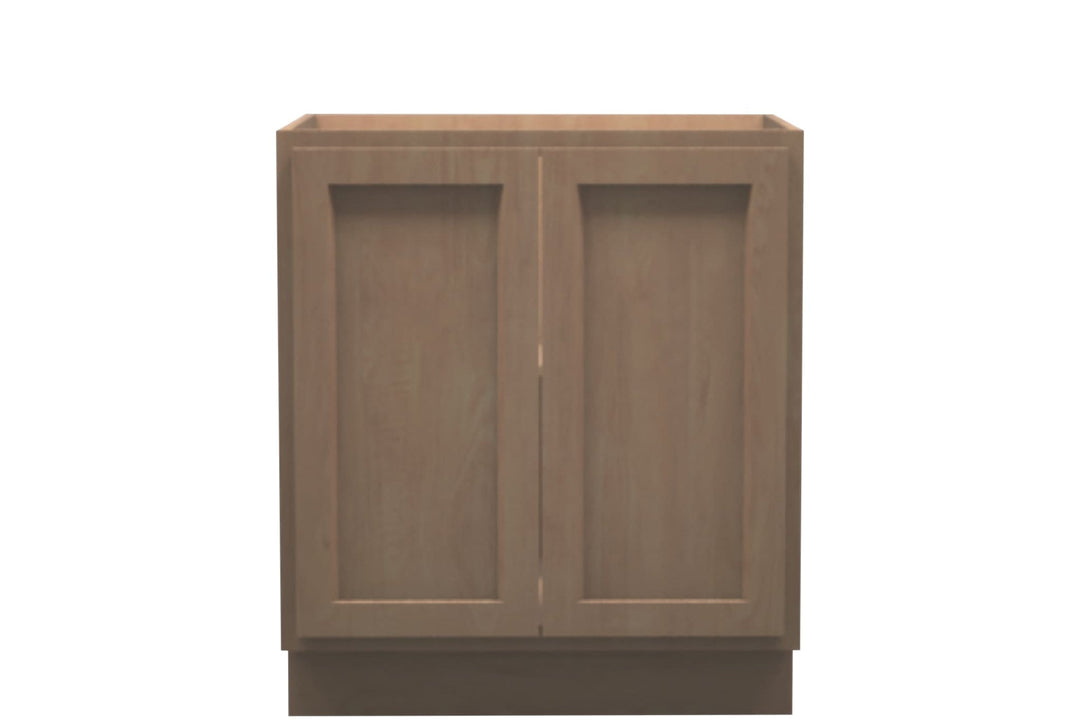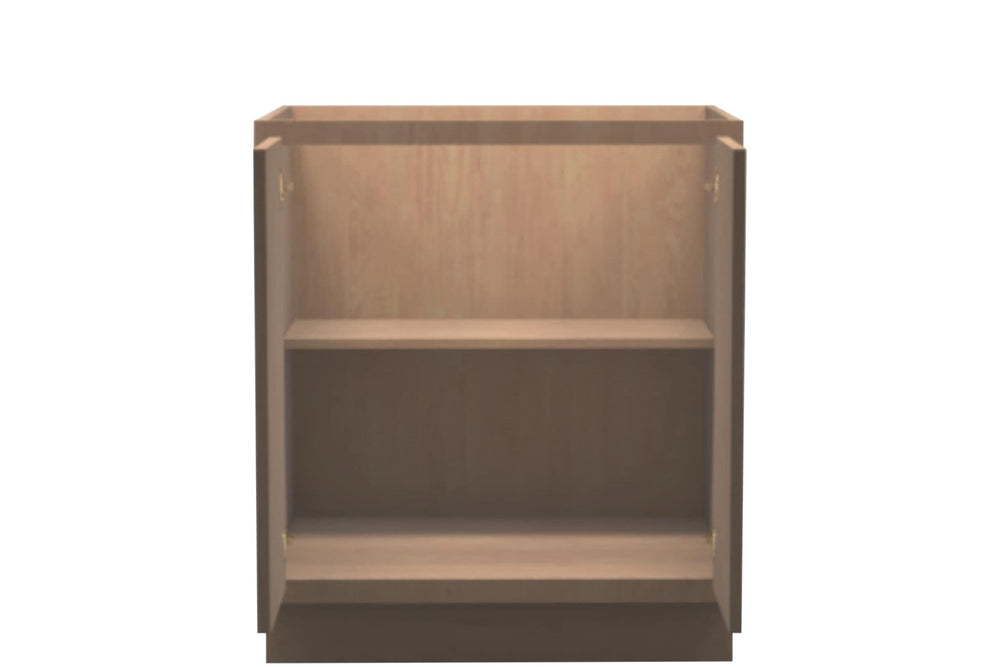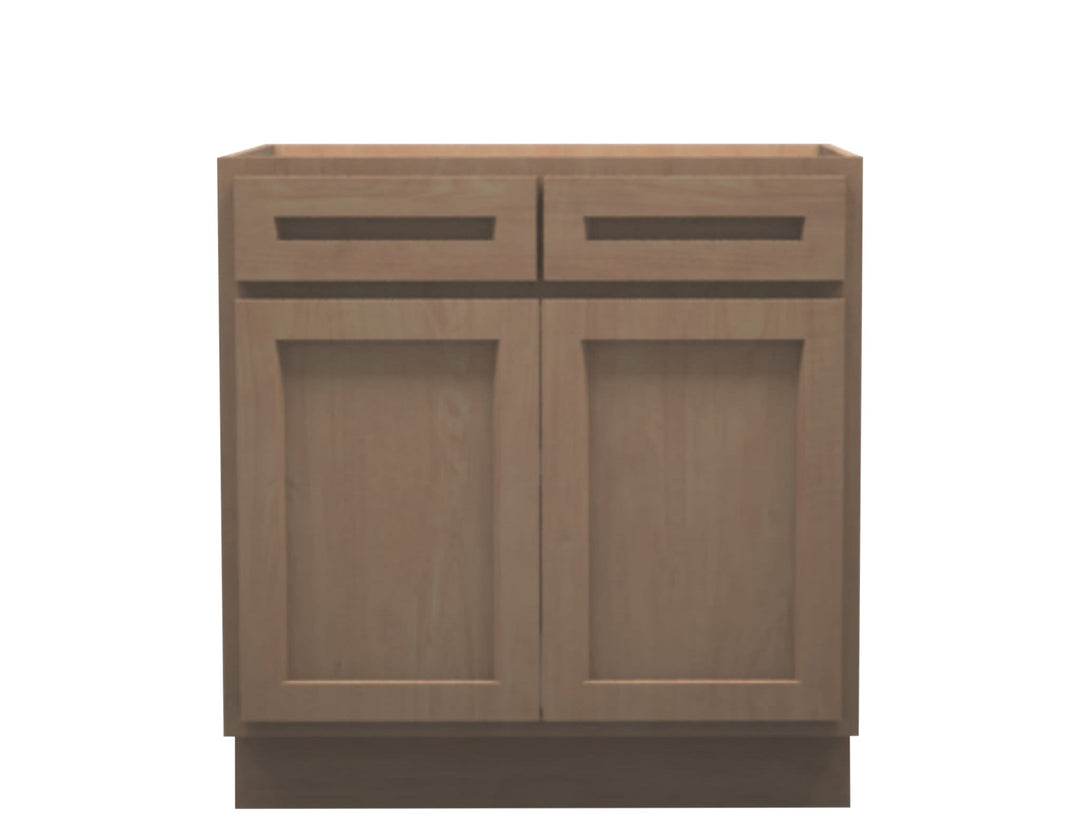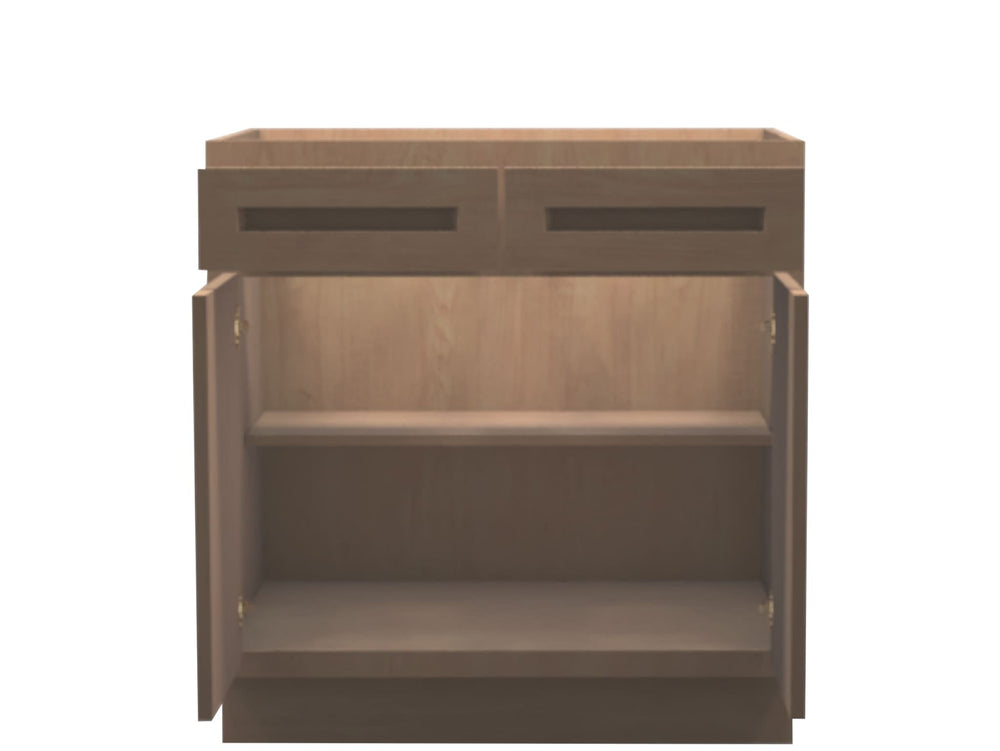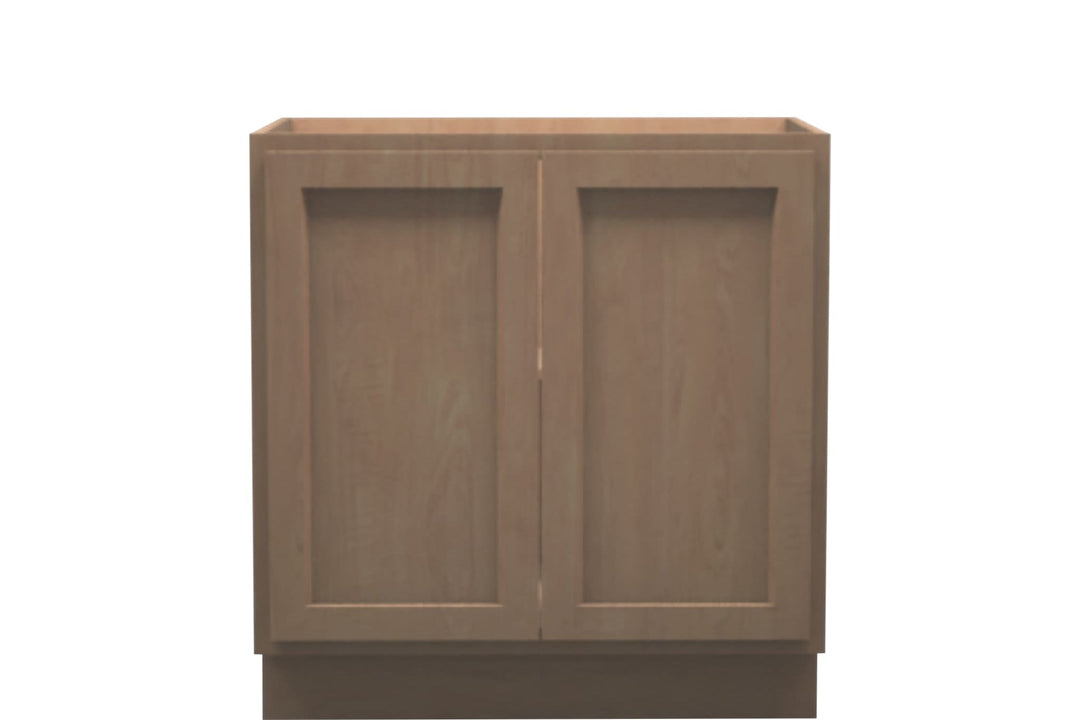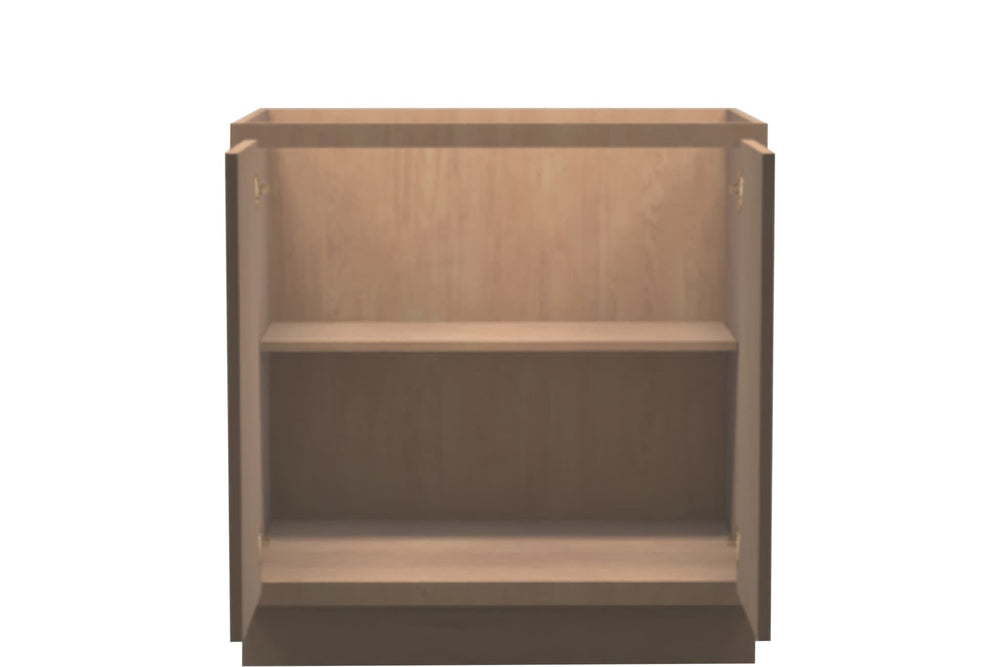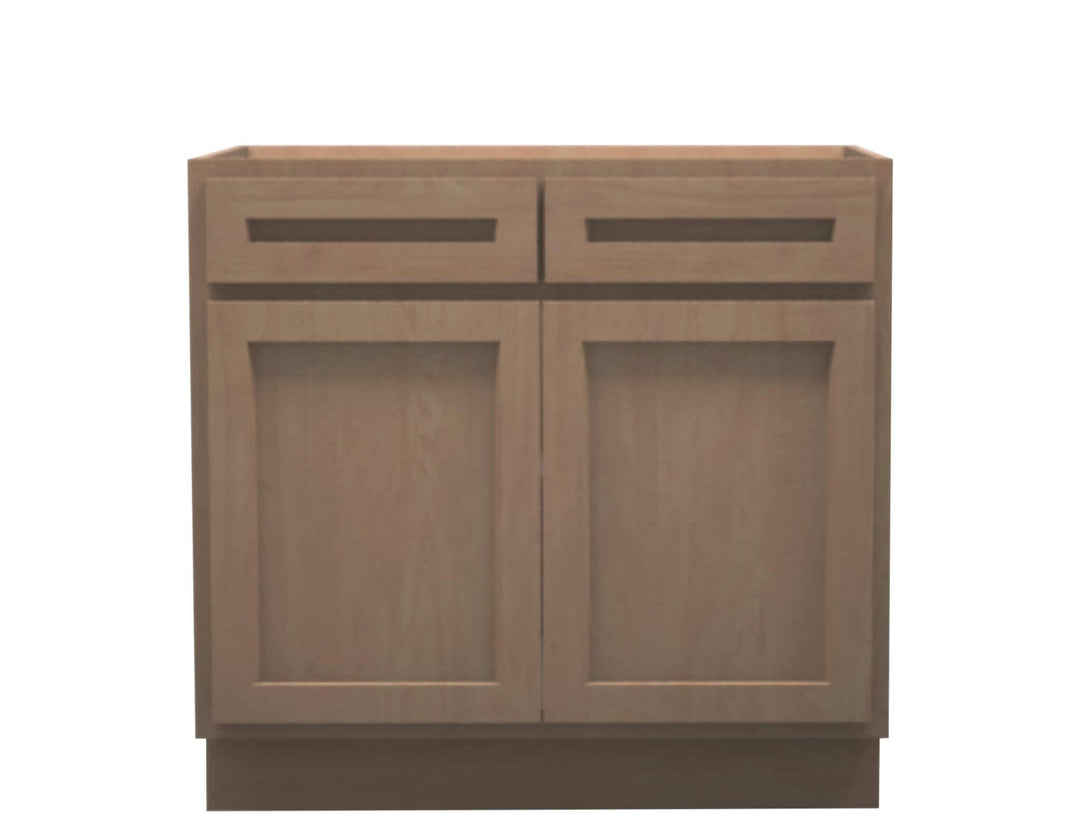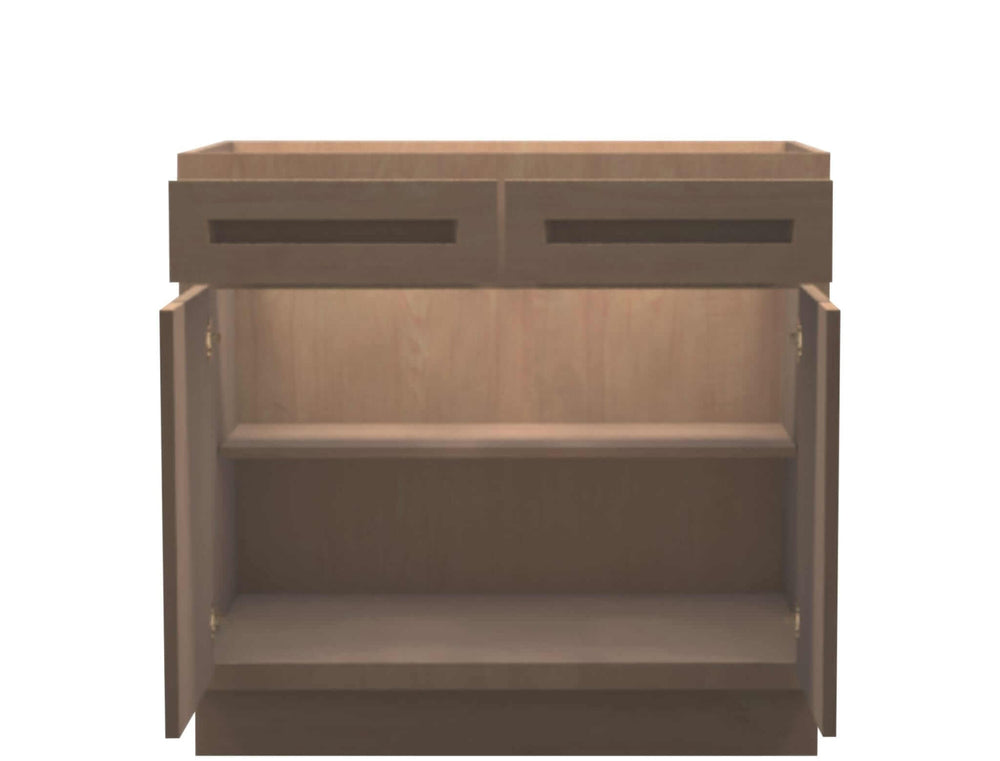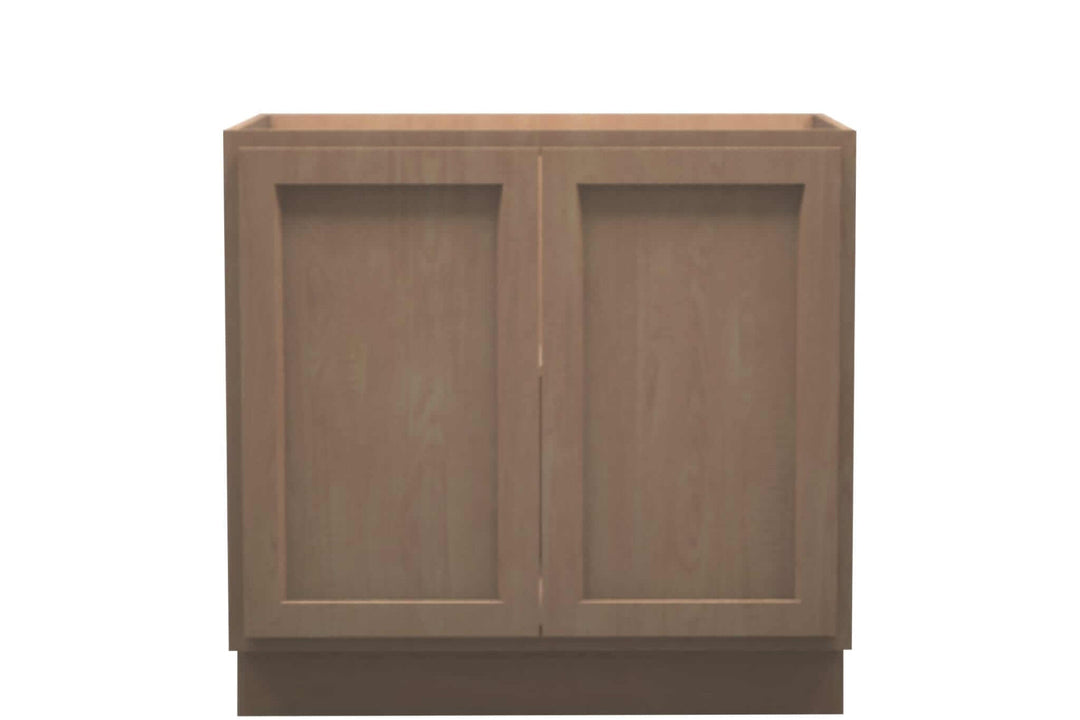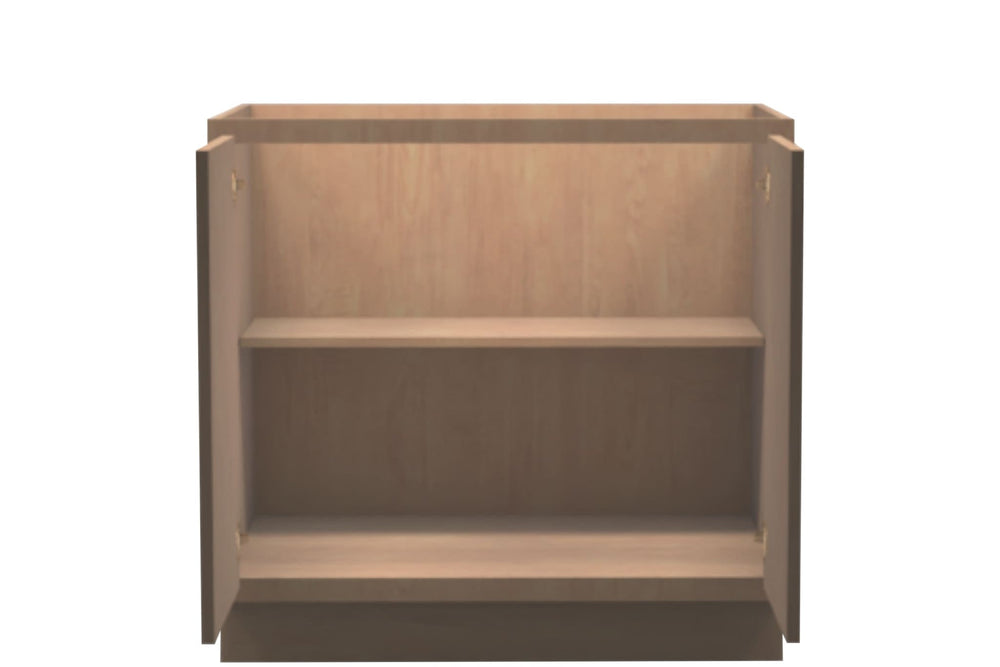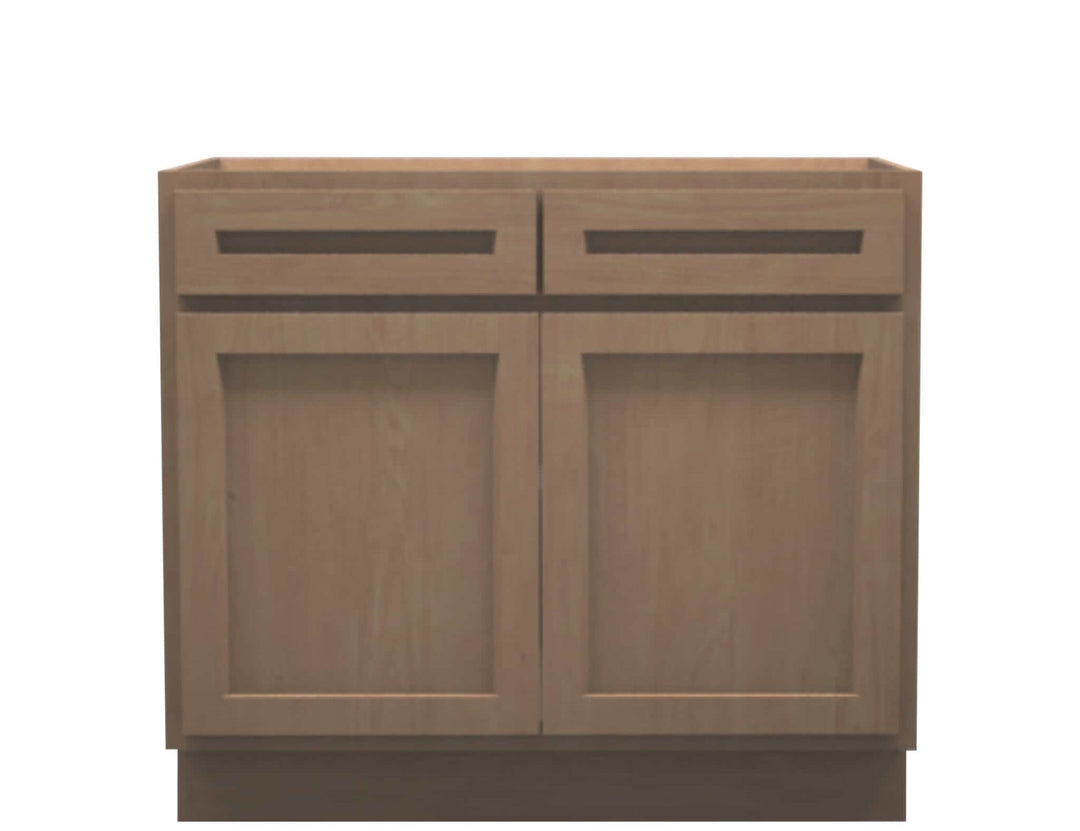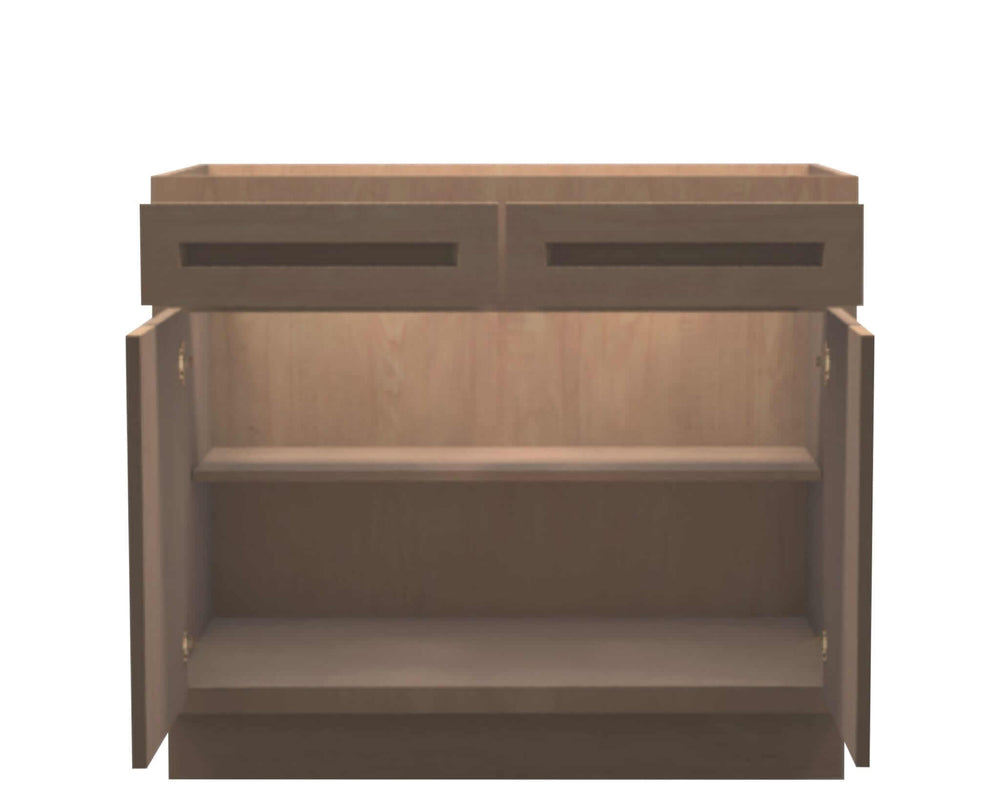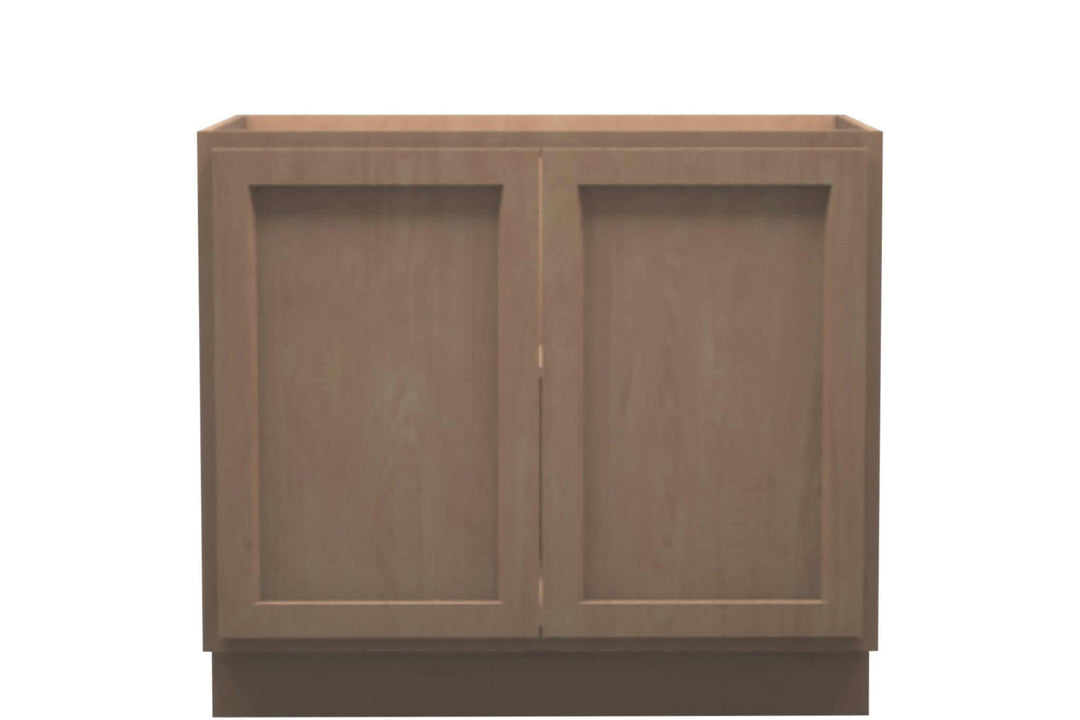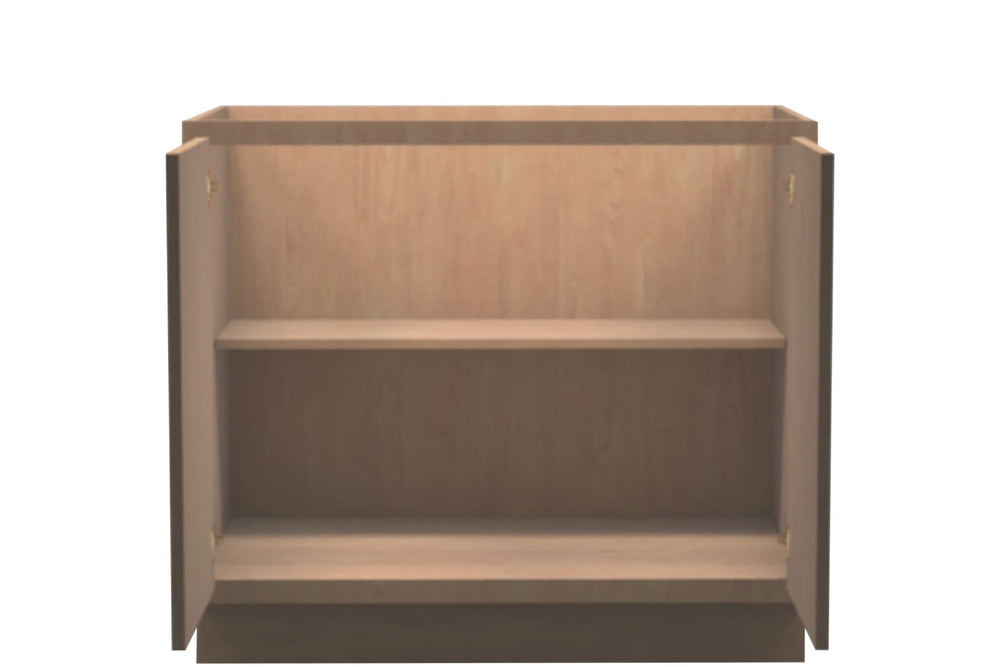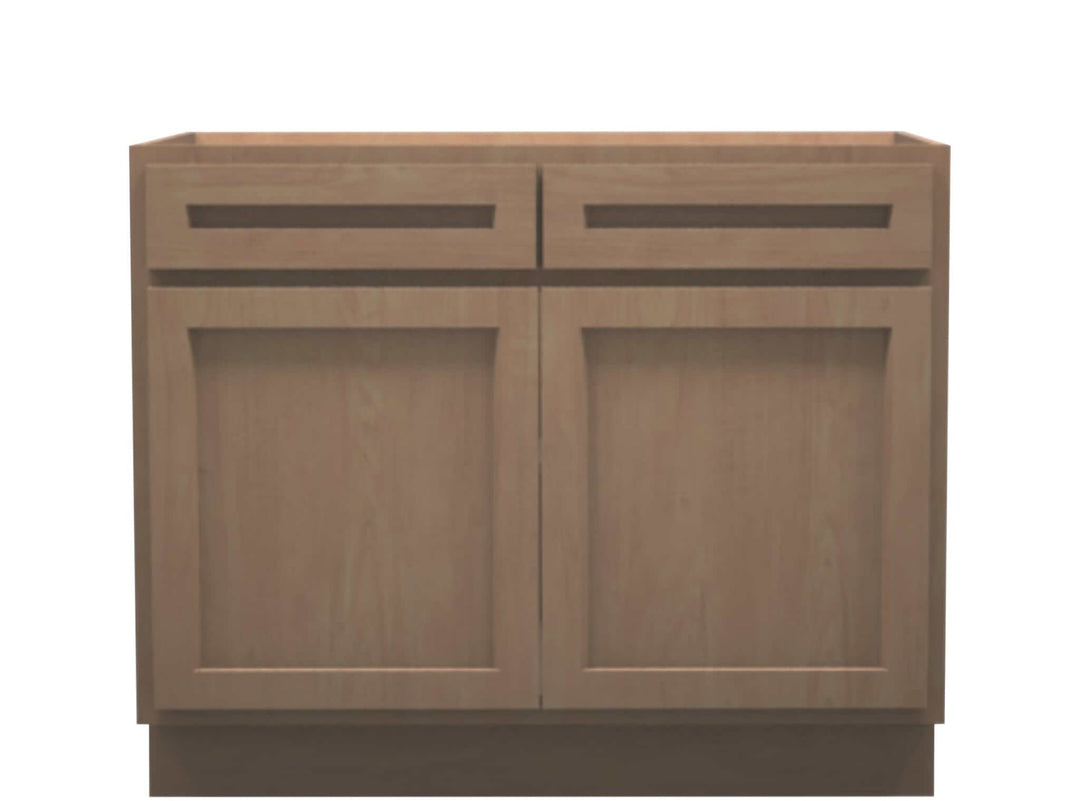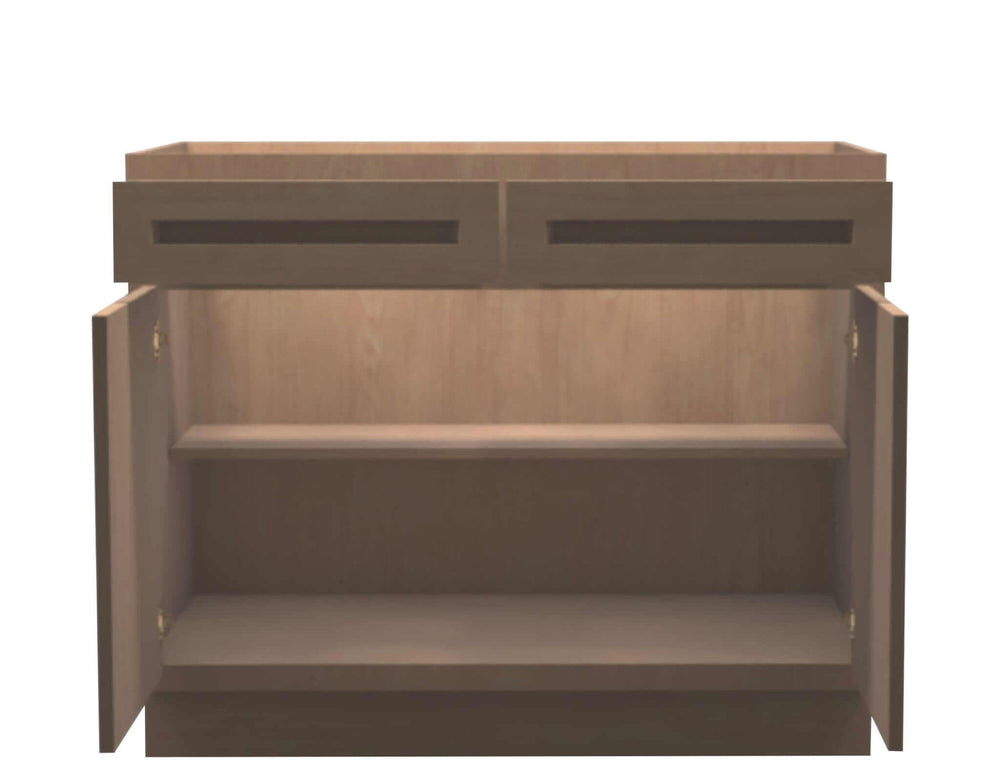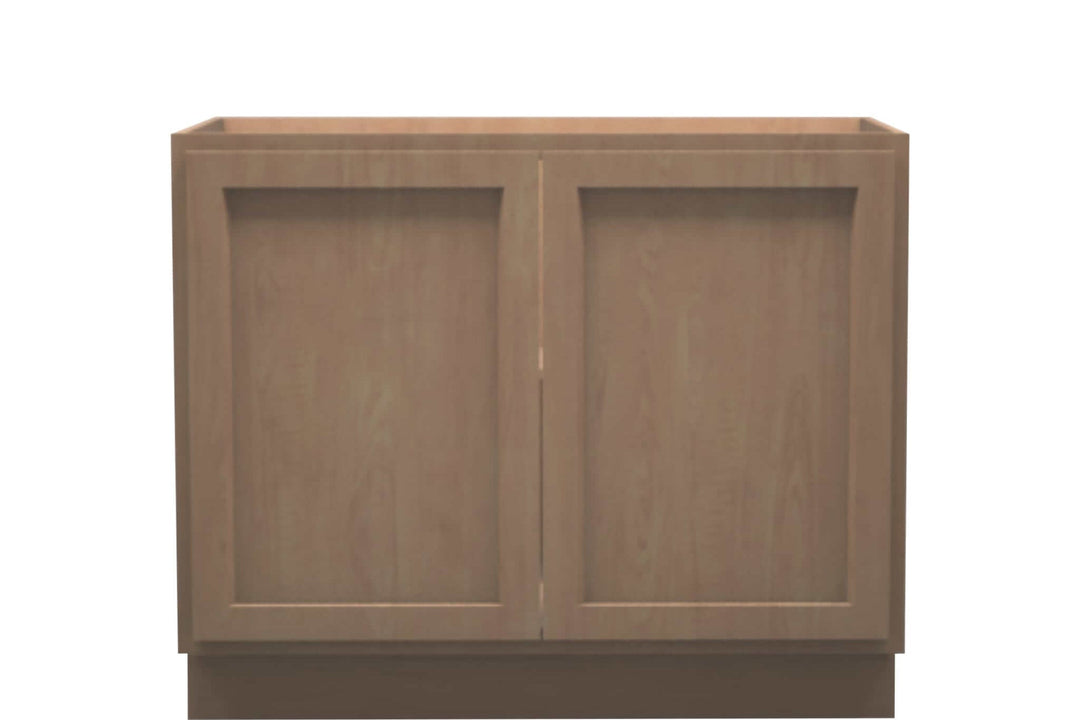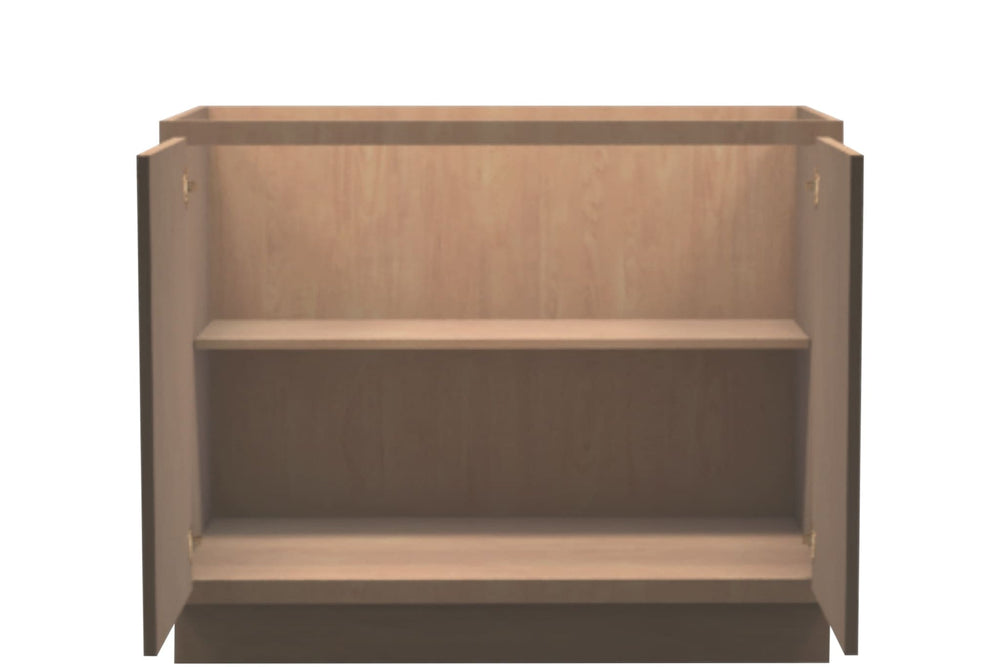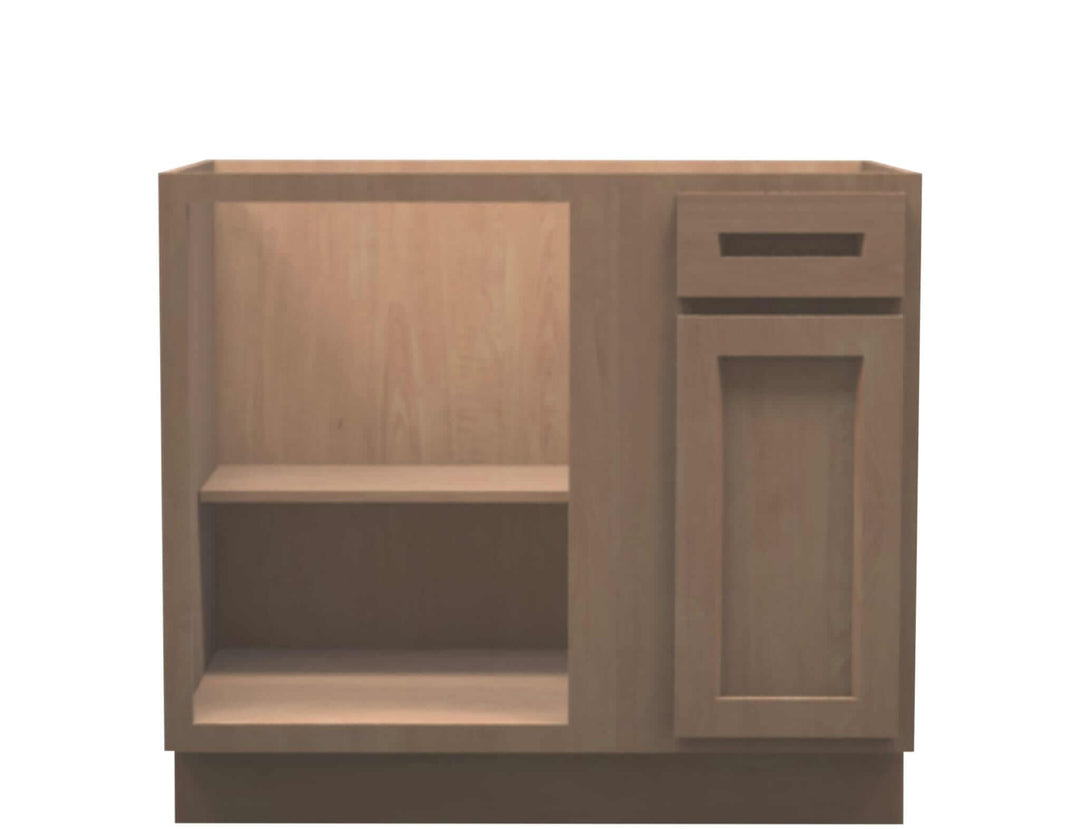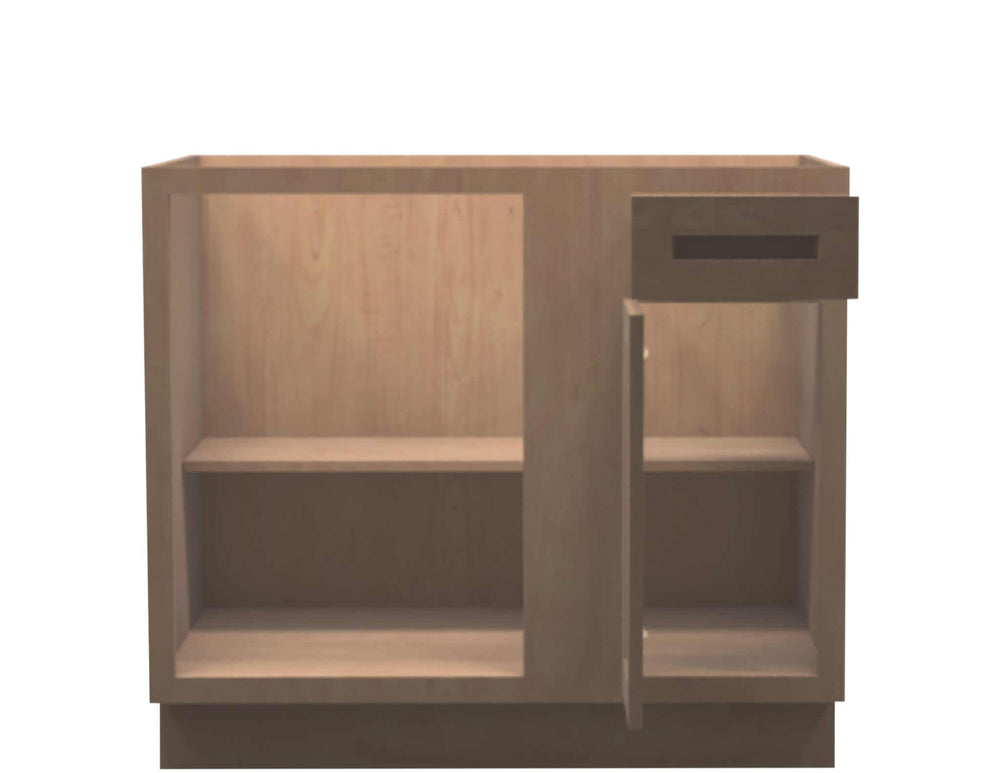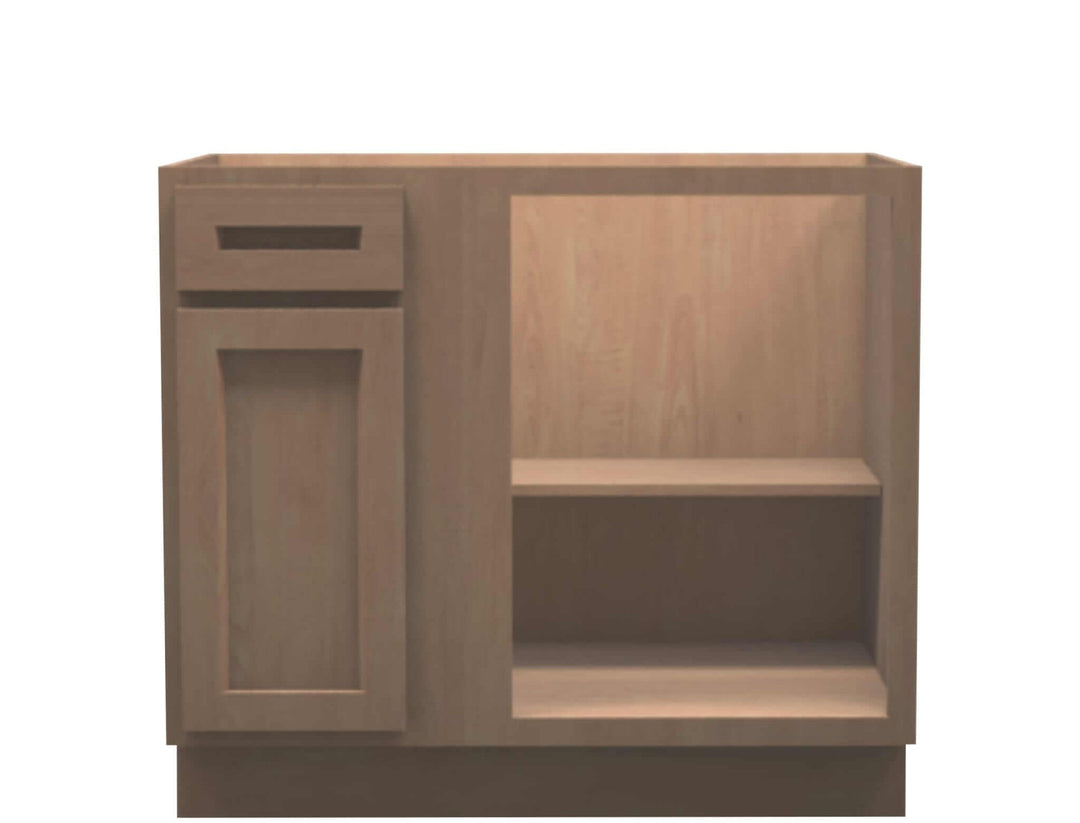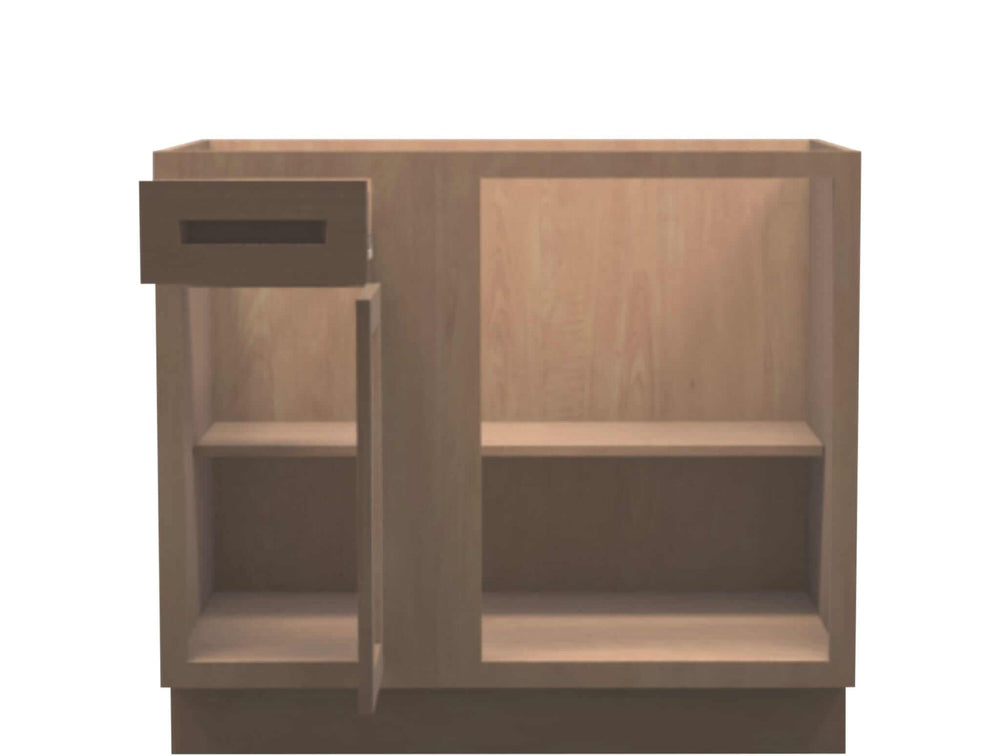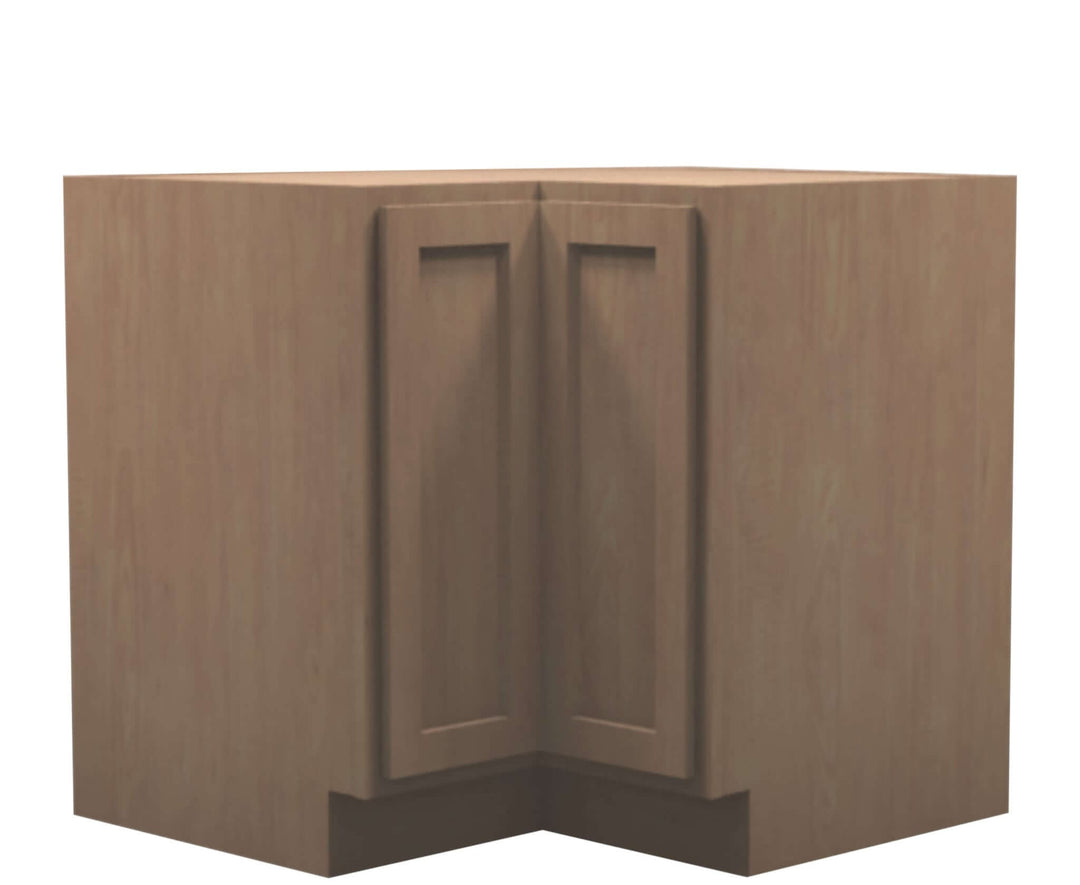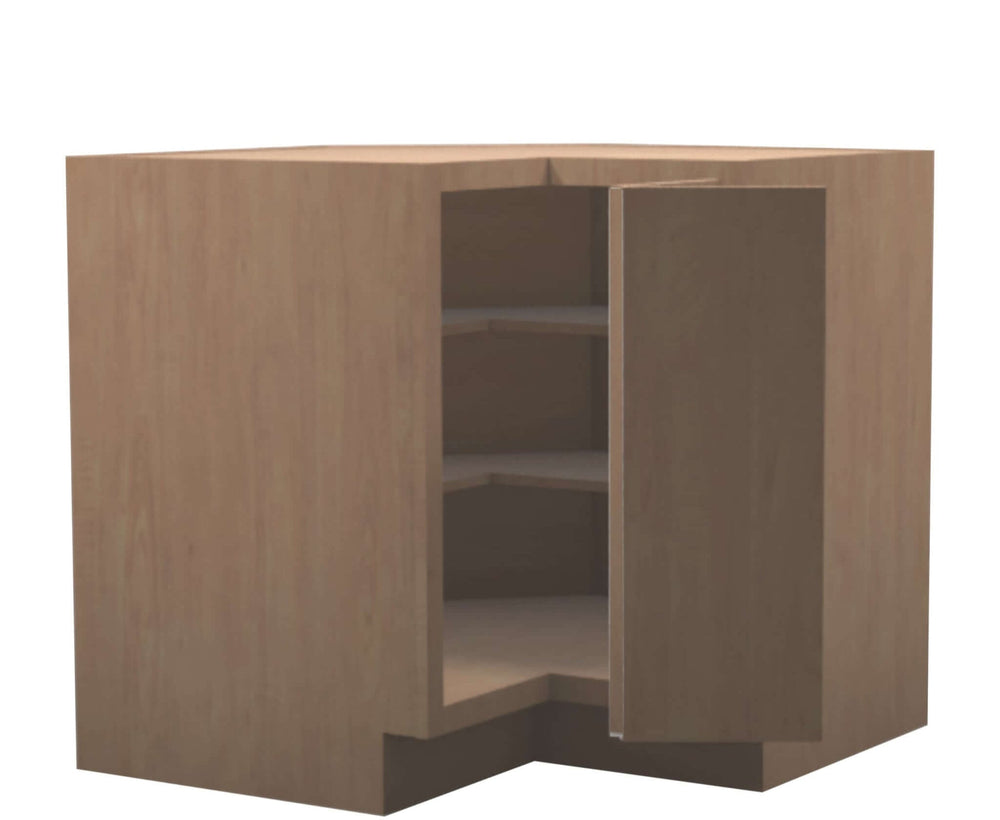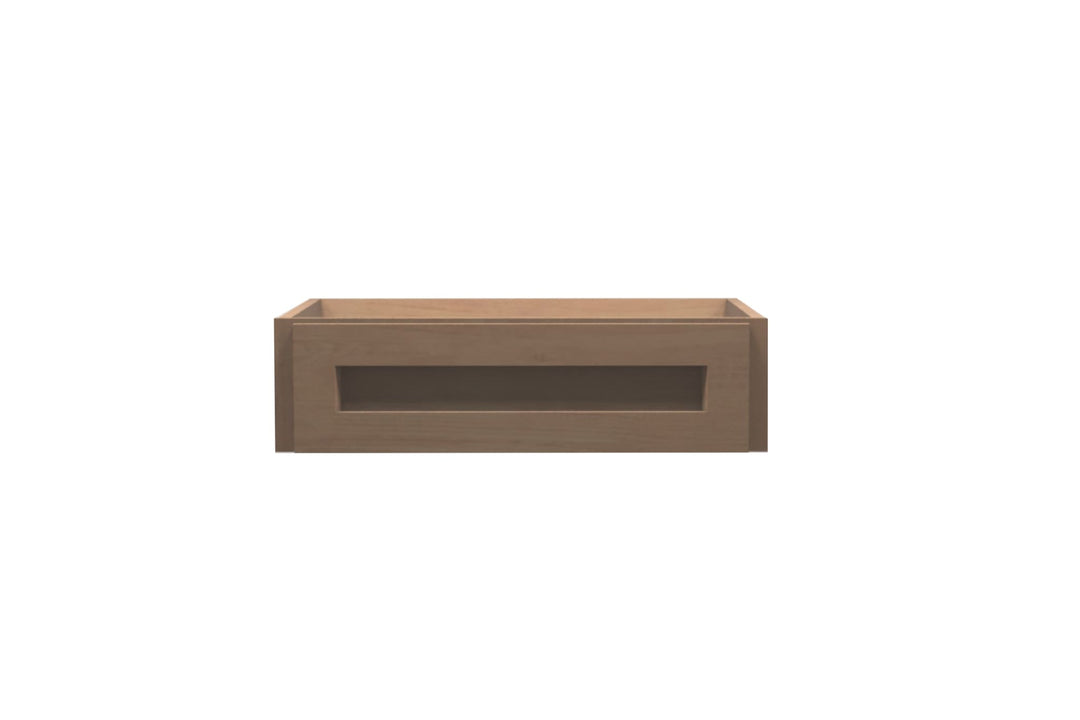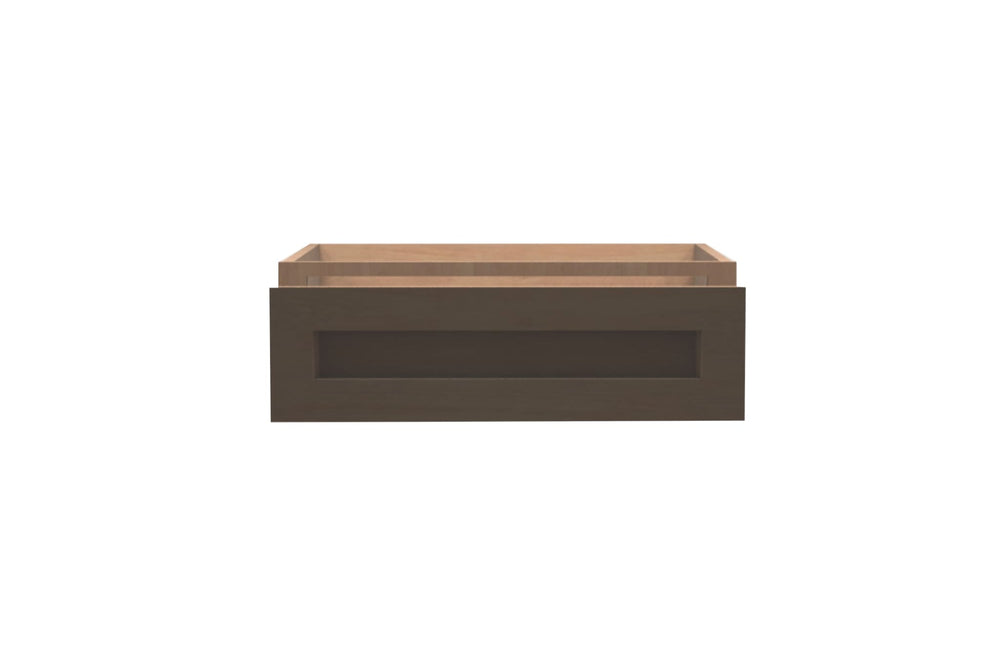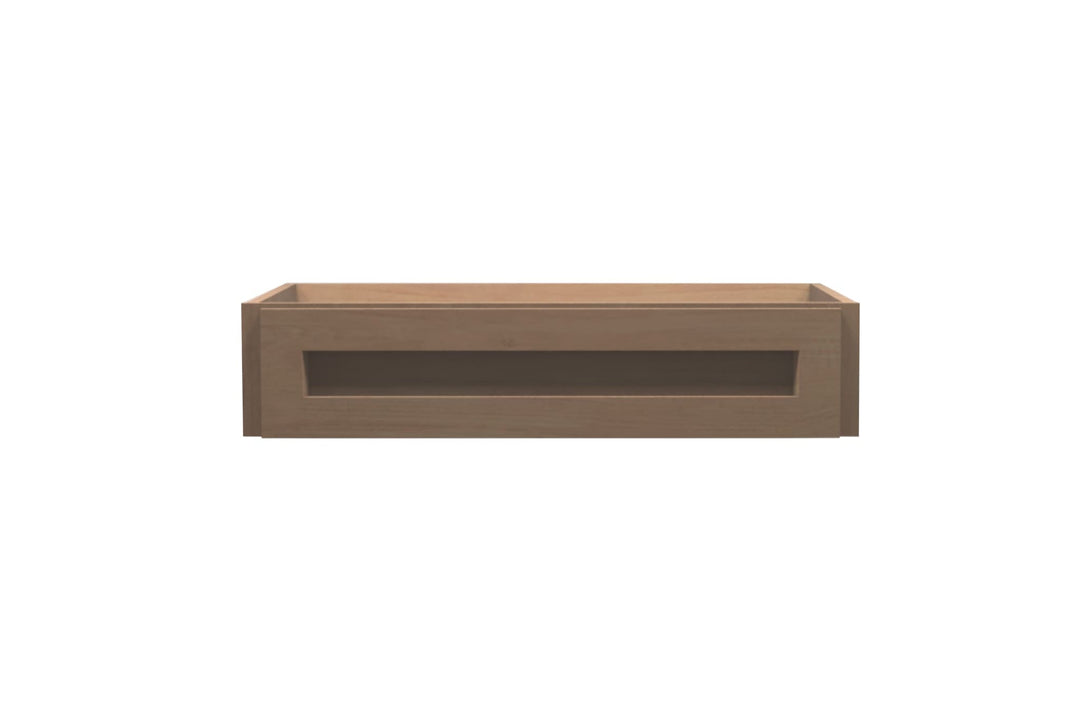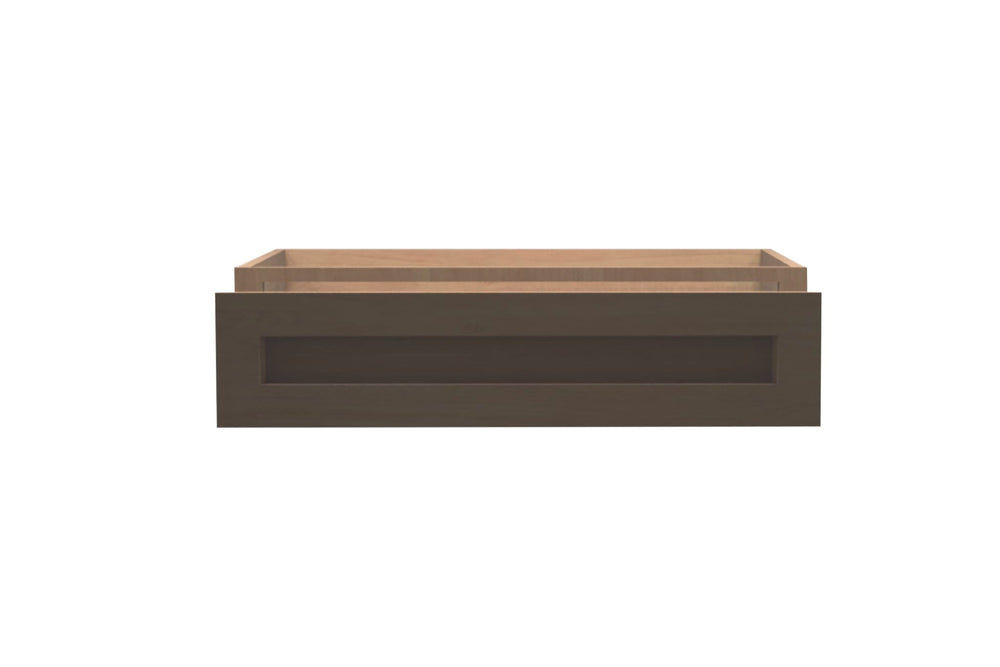Frequently Asked Questions
Can you leave cabinets unfinished?
Leaving cabinets unfinished is possible, but it may affect their durability and appearance over time. It's recommended to apply a protective finish to enhance their longevity and maintain aesthetic appeal.
How do you paint unfinished cabinets?
Painting unfinished cabinets involves several steps: First, sand the surfaces to create a smooth base, then apply a primer to enhance paint adhesion. Finally, use a high-quality cabinet paint in your desired color for a durable finish.
How to finish unfinished cabinets?
Finishing unfinished cabinets involves selecting your desired paint or stain, then preparing the surface by sanding it smooth. Apply the finish evenly, allowing time to dry and cure, and seal with a protective coat for durability.
Can I paint unfinished cabinets?
Unfinished cabinets can indeed be painted. This feature allows you to customize the color and finish to match your home’s decor, providing a personalized touch to your space.
Do unfinished cabinets need to be sanded?
Unfinished cabinets typically need to be sanded before applying any finish. Sanding helps to smooth out the surface, ensuring better adhesion of paint or stain and ultimately achieving a more professional appearance.
What techniques smooth unfinished cabinet surfaces?
The techniques to smooth unfinished cabinet surfaces include sanding with progressively finer sandpaper, filling any gaps or imperfections with wood filler, and sealing the surface with a primer or sealant before applying paint or stain.
Do unfinished cabinets come with a warranty?
Unfinished cabinets generally come with a warranty that covers defects in materials and craftsmanship. It’s best to check with the specific manufacturer for detailed warranty information on your unfinished cabinet purchase.
How can I customize unfinished cabinets?
Unfinished cabinets can be customized by selecting your preferred paint, stain, or varnish to achieve the look that matches your décor. This allows you to create a personalized finish that complements your style and existing furniture.
What finishes work best on unfinished cabinets?
The best finishes for unfinished cabinets include paints, stains, and varnishes that enhance their natural beauty. Stain highlights the wood grain, while paint allows for a bold color choice, and varnish offers protection with a glossy finish.
Can I use oil-based paint on unfinished cabinets?
Using oil-based paint on unfinished cabinets is acceptable. It provides a durable finish and enhances the wood's natural beauty, making it a great choice for those looking to achieve a polished look on their cabinetry.
How long does it take to finish cabinets?
The time it takes to finish cabinets can vary significantly based on the method used. Generally, staining or painting can take anywhere from a few hours to several days, depending on the drying time and the complexity of the finish desired.
What tools are needed to paint cabinets?
The tools needed to paint cabinets include a paintbrush, roller, painter's tape, sandpaper, a primer, and a suitable cabinet paint. Additionally, having a drop cloth and a paint tray are essential for a clean and efficient painting process.
Can unfinished cabinets be stained easily?
Unfinished cabinets can be stained easily. Their raw surface allows for better absorption of stain, resulting in a more uniform and vibrant color that enhances the natural grain of the wood.
How to maintain the finish on cabinets?
Maintaining the finish on cabinets is essential for their longevity. Regularly wipe them down with a damp cloth, avoid harsh chemicals, and polish with a suitable wood cleaner to preserve their shine and protect the surface from wear.
Are there eco-friendly finishes for cabinets?
Eco-friendly finishes for cabinets are available, including low-VOC (volatile organic compounds) paints, stains, and sealants. These environmentally friendly options help reduce harmful emissions while providing a beautiful and safe finish for your cabinetry.
What are common mistakes finishing cabinets?
Common mistakes when finishing cabinets include inadequate surface preparation, uneven application of paint or stain, and neglecting to apply a protective topcoat. These errors can lead to poor adhesion and an unsatisfactory final appearance.
Can I leave cabinets natural without finishing?
Leaving cabinets natural without finishing is possible, but it may lead to potential damage from moisture, stains, or scratches. It’s best to apply a protective finish to enhance durability and maintain the wood's appearance over time.
How to prepare cabinets for painting?
Preparing cabinets for painting involves cleaning them thoroughly, sanding the surfaces to create a smooth base, and applying a primer to ensure proper paint adhesion. This process ensures a professional finish and enhances durability.
What colors look good on unfinished cabinets?
The colors that look good on unfinished cabinets are versatile and range from earthy tones like warm beige and soft gray to bold shades such as navy blue or emerald green, allowing for personalized designs that enhance your space.
Is primer necessary for unfinished cabinets?
Using primer on unfinished cabinets is important for achieving a smooth and even finish. It helps seal the wood, enhances paint adhesion, and prevents tannins from bleeding through, ensuring a durable and professional look for your cabinetry.
Do I need to seal painted cabinets?
Sealing painted cabinets is essential for enhancing their durability and protecting the finish. A good quality sealant will help resist moisture, stains, and wear, ensuring your cabinets maintain their appearance for years to come.
How to achieve a distressed look on cabinets?
To achieve a distressed look on cabinets, you can sand down edges and surfaces to create a worn appearance, followed by applying a stain or paint in your desired color, and finishing with a clear coat for protection.
What type of wood are unfinished cabinets made from?
Unfinished cabinets are typically made from high-quality materials such as solid maple and birch plywood. These woods provide durability and a solid foundation for any finishing options you choose.
How do humidity levels affect cabinet finishing?
Humidity levels significantly influence cabinet finishing. High humidity can lead to longer drying times and impair the adhesion of stains or paints, while low humidity may cause finishes to dry too quickly, potentially leading to cracks or uneven coatings.
Can I spray paint unfinished cabinets?
You can spray paint unfinished cabinets to achieve a smooth, even finish. Ensure the surface is clean and primed for best results, allowing the paint to adhere properly and enhance the appearance of your cabinets.
What sanding technique is best for cabinets?
The best sanding technique for cabinets is to use a random orbital sander with 120-grit sandpaper for initial sanding, followed by finer grits (220-grit) for a smooth finish. This method ensures an even surface while minimizing scratch marks.
How to clean unfinished cabinets before painting?
Cleaning unfinished cabinets before painting involves dusting them thoroughly and wiping them down with a damp cloth using a mild detergent. Ensure the surfaces are dry and free of debris for a smooth paint application.
Are unfinished cabinets suitable for kitchen islands?
Unfinished cabinets are suitable for kitchen islands, offering customization options that allow you to match them perfectly with your kitchen style while providing a cost-effective solution for your space.
What factors affect the durability of cabinets?
The factors that affect the durability of cabinets include the quality of the materials used, construction methods, finish application, environmental conditions, and maintenance practices. Choosing solid materials and proper care significantly enhances cabinet longevity.
How do I choose a paint type for cabinets?
Choosing a paint type for cabinets involves considering durability, finish, and the desired aesthetic. For best results, use high-quality acrylic or oil-based paints, opting for a semi-gloss or satin finish for easier cleaning and a polished appearance.
